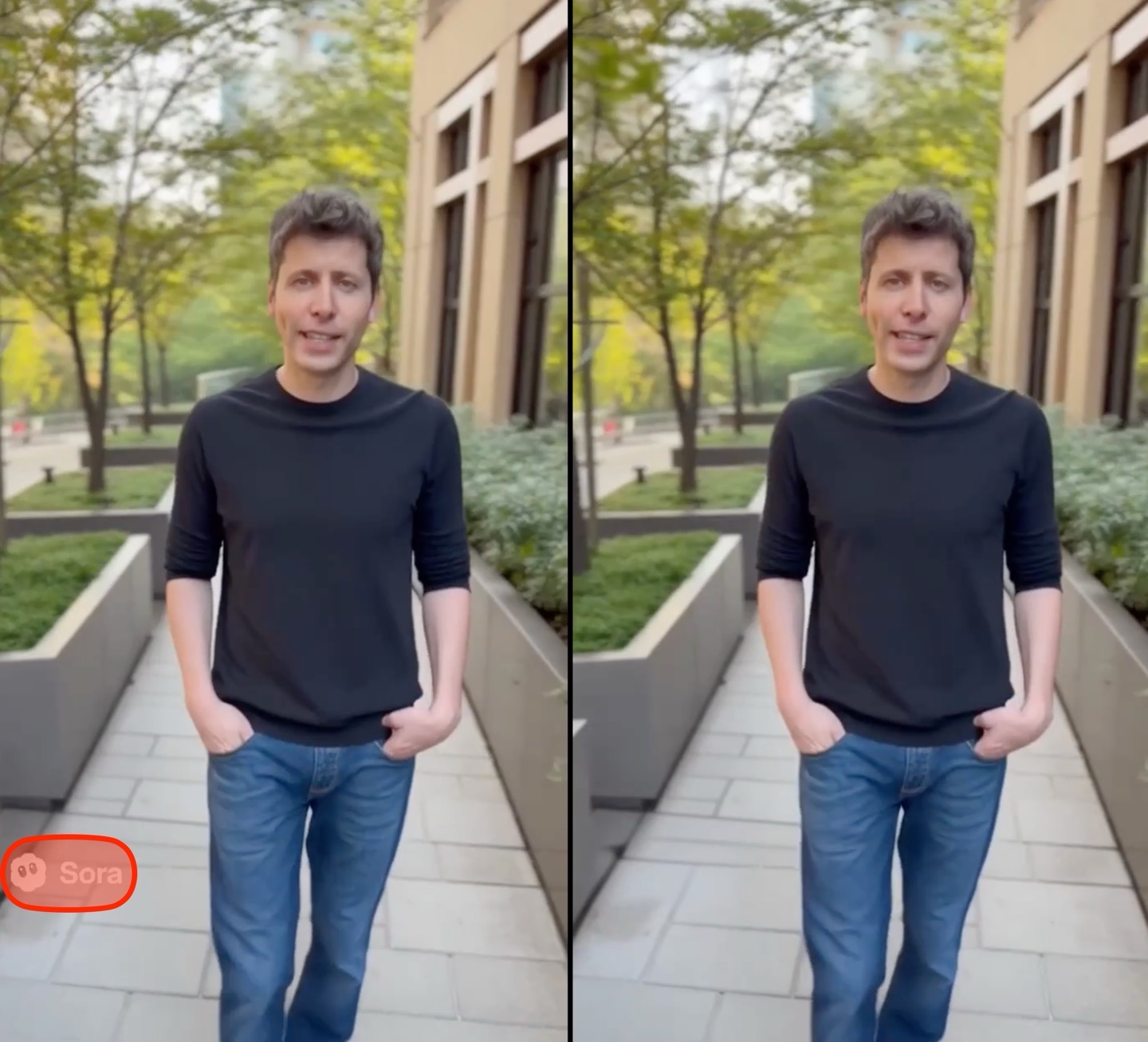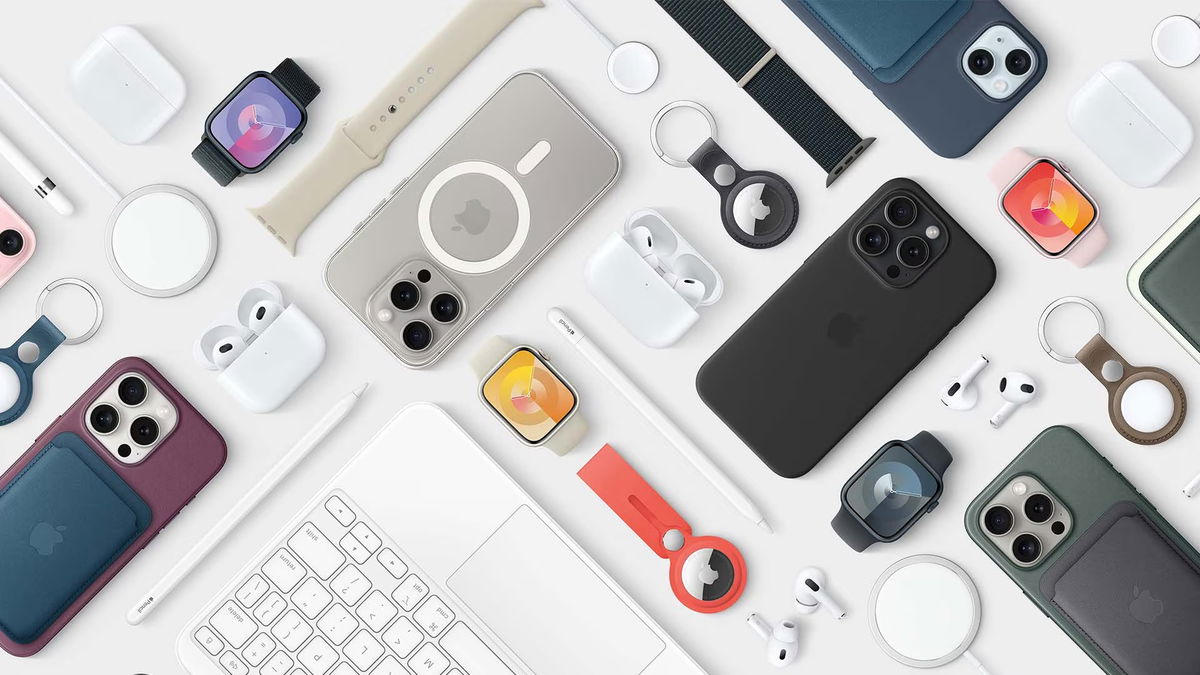The iPad as a classic device has never been photographed as a regular device for. The last time Apple showed off flagship-level photos on a tablet was when it introduced the 10.5-inch iPad Pro in 2017. It turned out for a reason.
How surprised I was when, after buying an iPad Pro with an M4 processor for 130,000 rubles, I took a few photos and realized that its camera was worse, not just than in a three-year-old flagship, but worse than in the iPhone 7.
Don’t believe me? I don’t even decorate. Watch your fingers.
The hardware in this camera is 8 (!!!) YEARS OLD
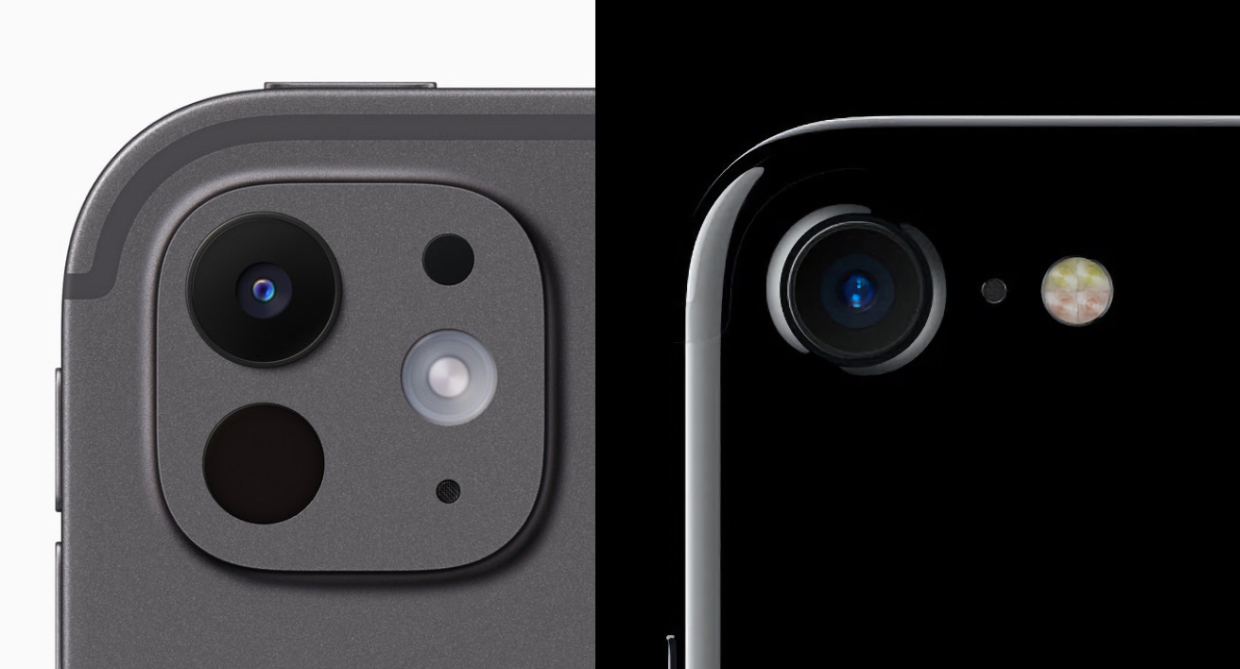
I could not find the full camera specifications of the iPad Pro (M4). But it looks like this is the camera on the iPhone 7, released in September 2016.
Apple, as always, indicates only half, which is impossible to put together a whole picture.
From what I came across, not a single review or disassembly of the tablet, as well as specialized sites with technical features, paid attention to the size of the sensor, which is a key parameter on which at least some conclusion could be drawn based on the remaining data.
However Judging by the size of the module and its optical properties, there is an assumption that there is exactly the same camera as in the iPad Pro 10.5″. Although this tablet was released in 2017, the module in it was released in 2016, it is developed 8 years ago.
This tablet was the last time Apple praised the updated characteristics of the main camera and stated that it contained a module from the iPhone 7, the top one at the moment. I specifically took this smartphone and compared a couple of frames with it, the results are shown below.
So, if the device actually has the same camera, then there is this difference.
iPad Pro (M4):
◍ Main 1x: analog 28 mm, angle 75°, 12 MP, pixel 1.22 µm, sensor 1/3″, ƒ/1.8, analog ƒ/12.96
iPhone 13 pro:
◍ Main 1x: analog 26 mm, angle 80° 12 MP, pixel 1.9 µm, sensor 1/1.65″, ƒ/1.5, analog ƒ/6.9
iPhone 13 Pro sensor is 74% larger, lens is 0.5 exposure stops brighterThe viewing angle is 5 degrees wider, giving 12.5% more visibility.
Due to the larger angle and crop factor, the iPhone 13 Pro actually has a similar exposure of ƒ/7.43 compared to the iPad Pro (M4) which has an exposure of ƒ/12.96. Thanks to this, the iPhone 13 Pro The natural blur of the flashlight is 1.6 aperture stops stronger.
All this already shows on paper that it is currently worse in the tablet camera.
It’s even clearer with an example.
👉 All photos can be enlarged by clicking on them. View originals here.
The difference is visible even in daylight
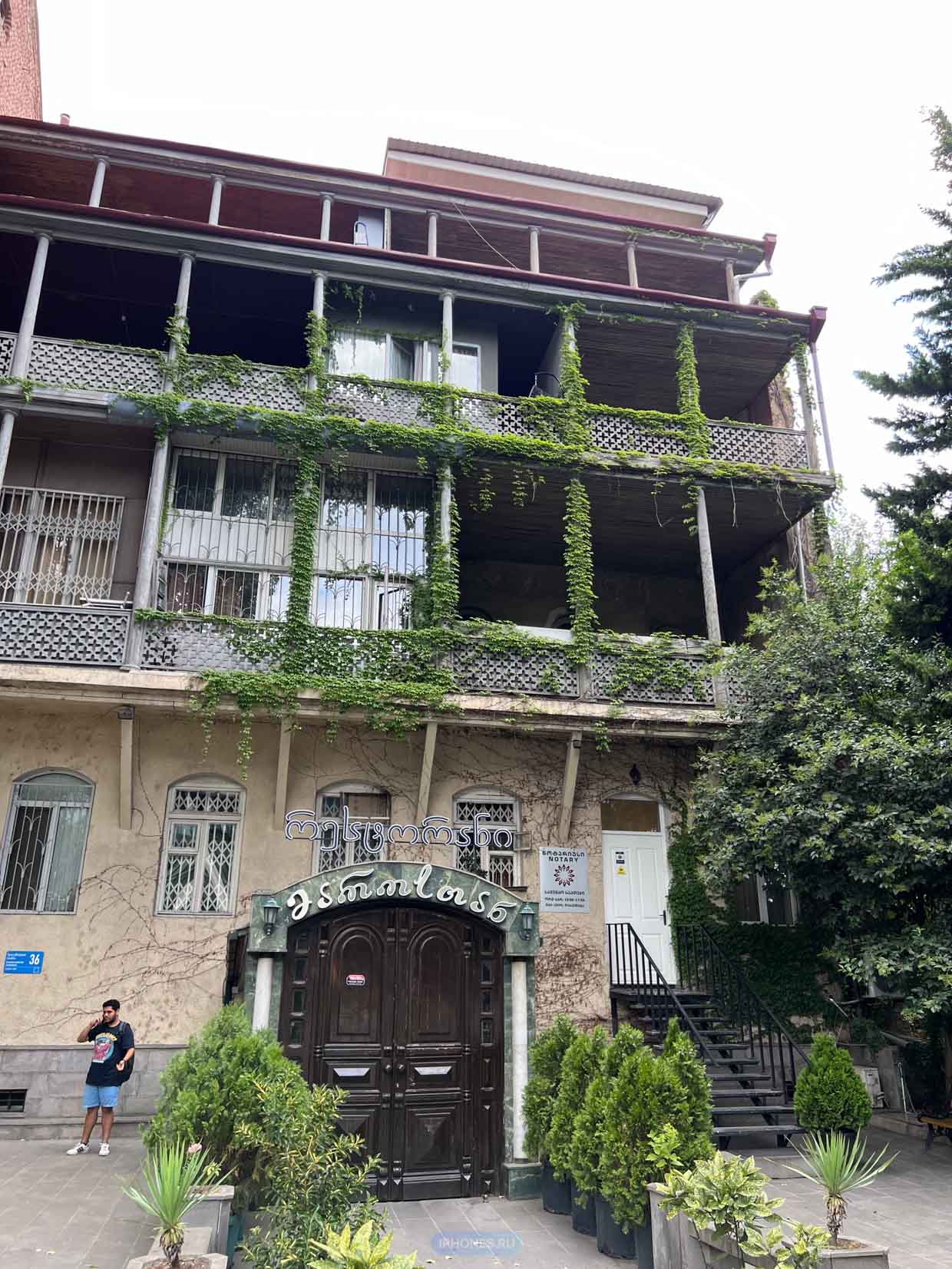
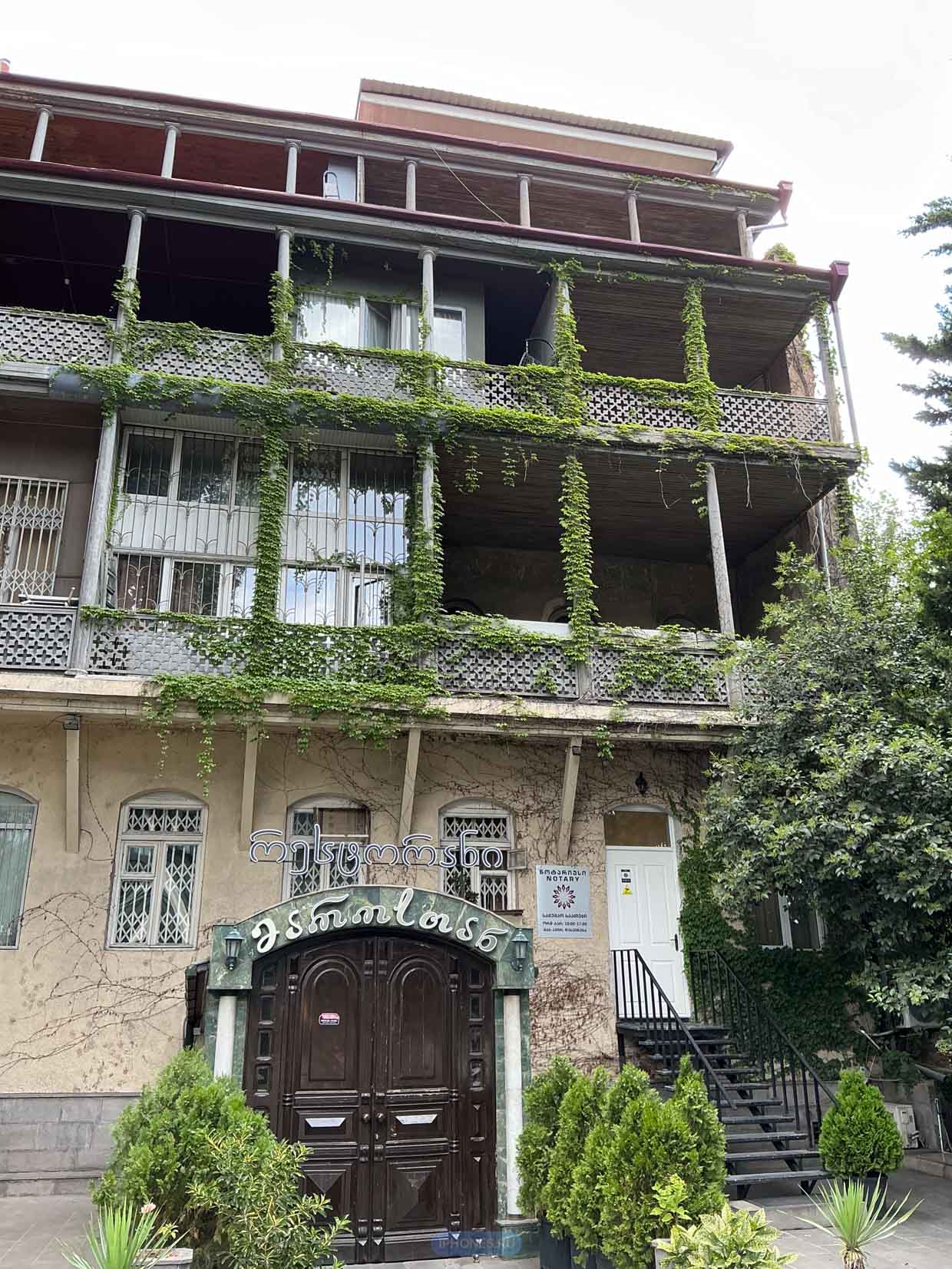
Left iPhone 13 Pro, right iPad Pro (M4)



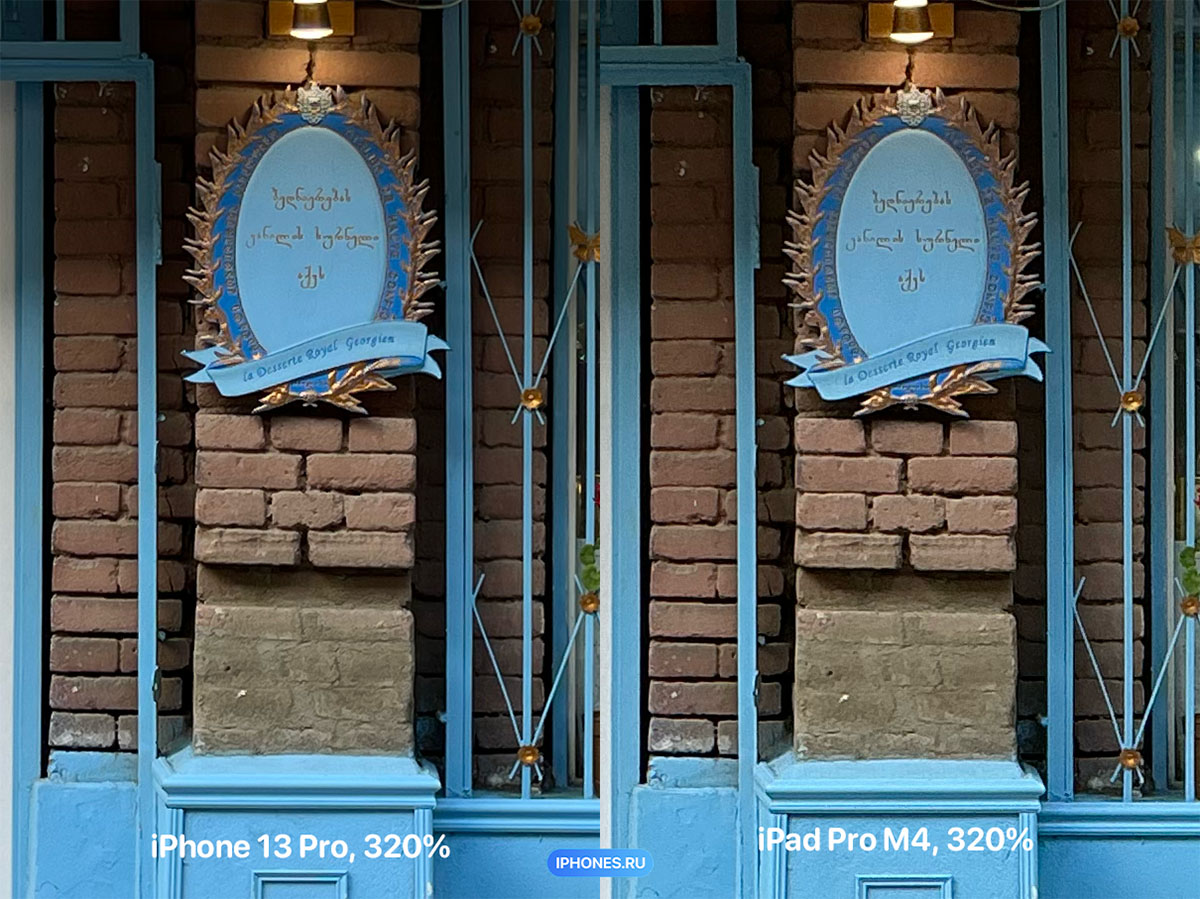
On screen and compressed, there appears to be no difference. But he stands a little closer, and the photo from the iPad Pro falls apart


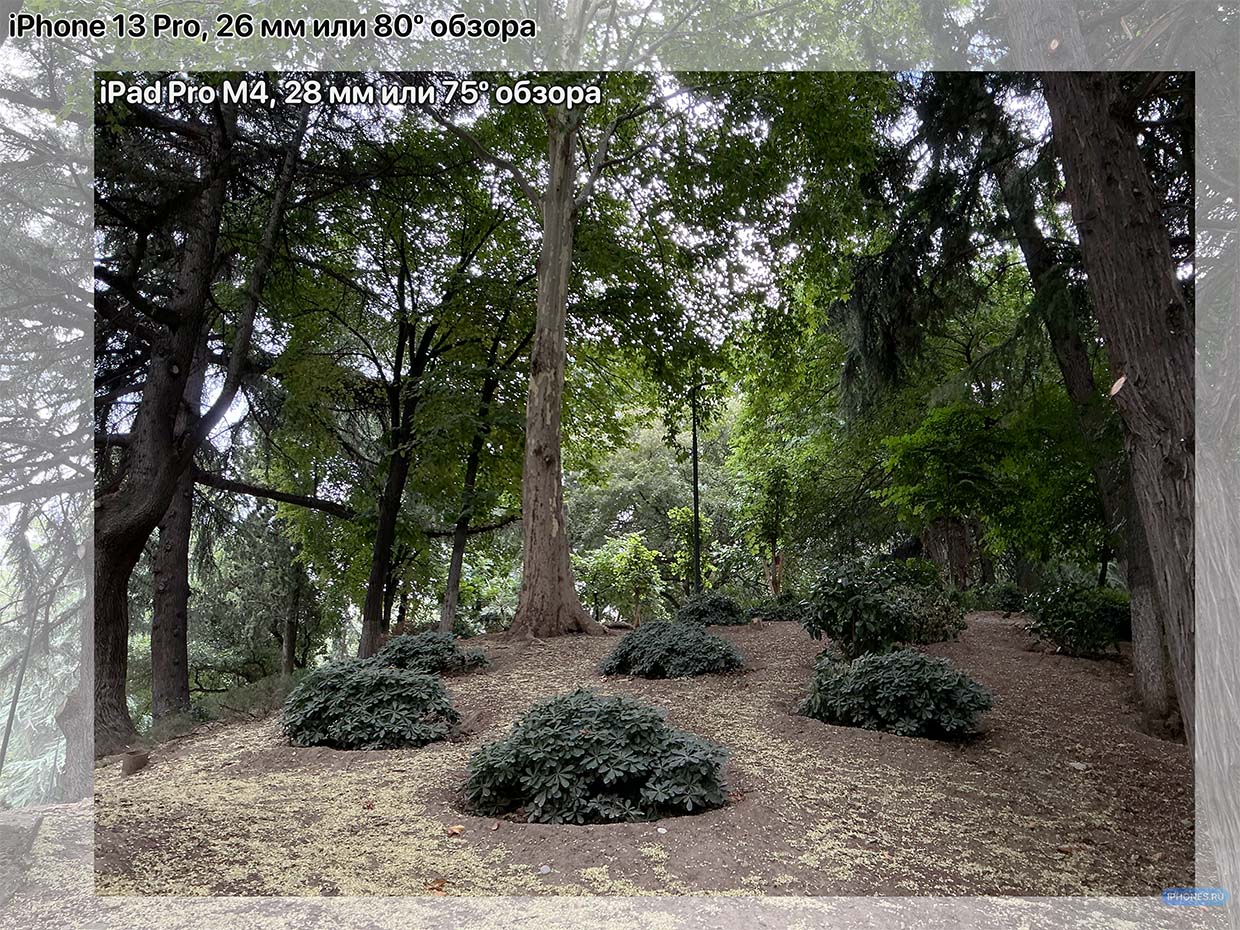
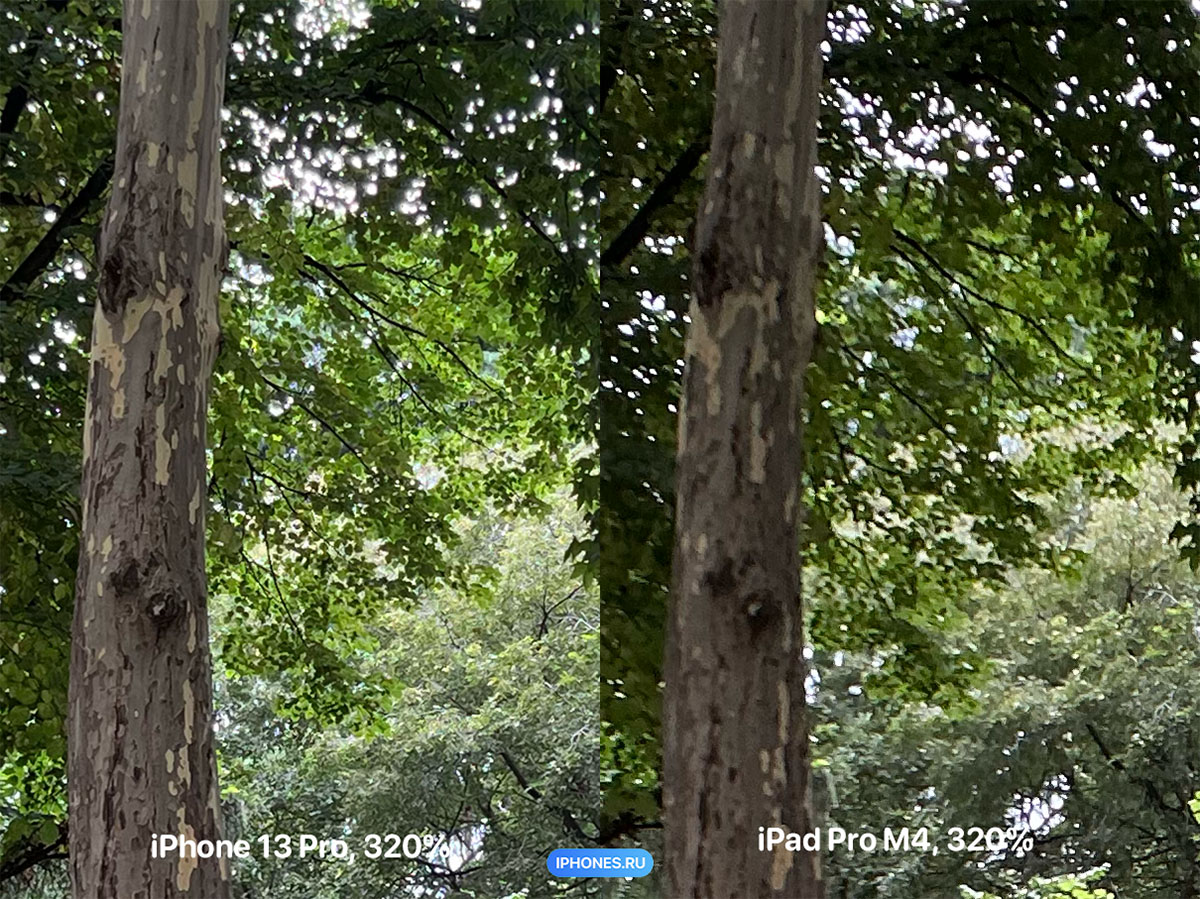

iPhone 13 pro. Natural colors, smoky haze and pearlescent light.

iPad Pro (M4). The viewing angle is smaller and it catches your eye. Due to the slightly reduced aperture ratio, colored ripples and rough transitions of light are immediately visible
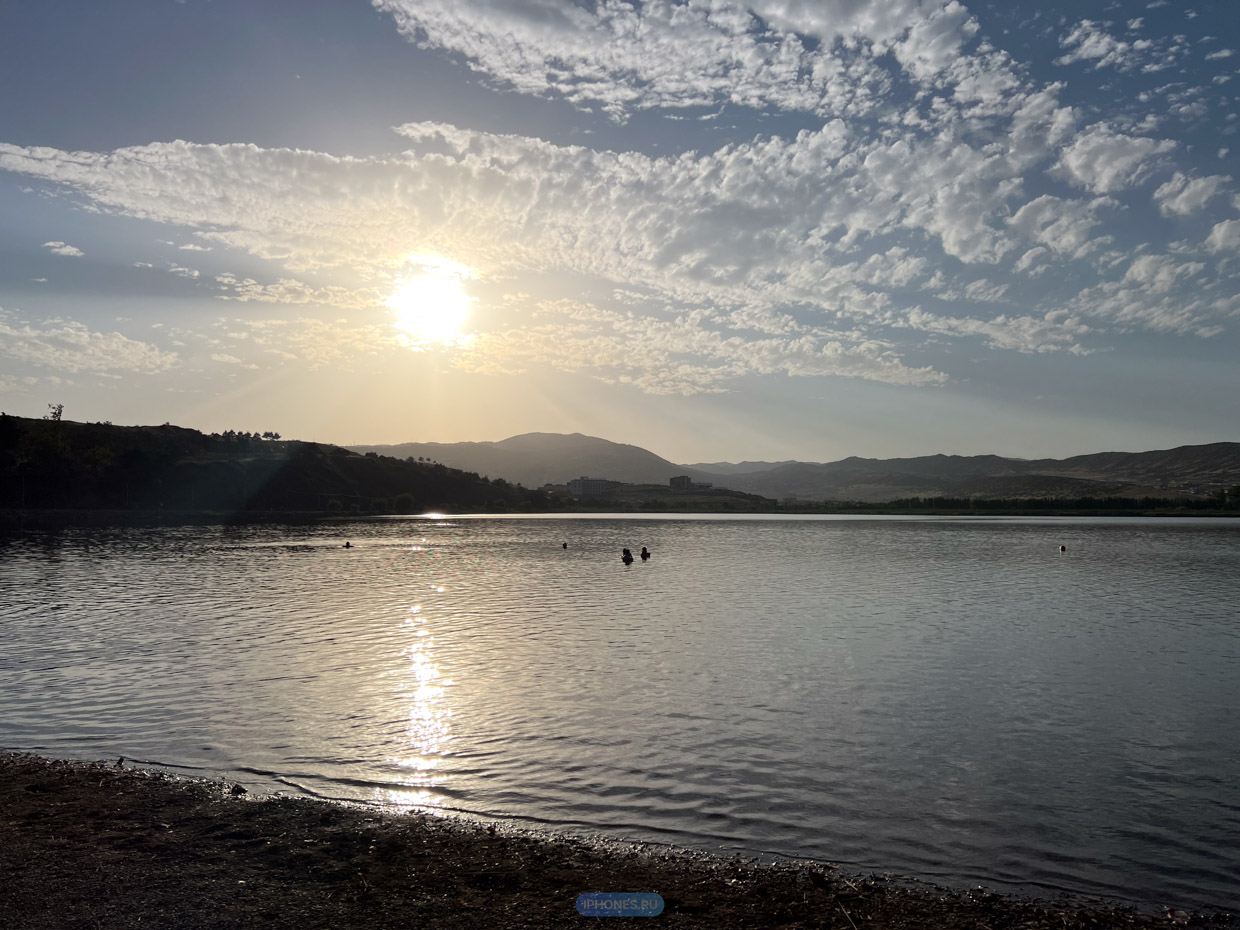
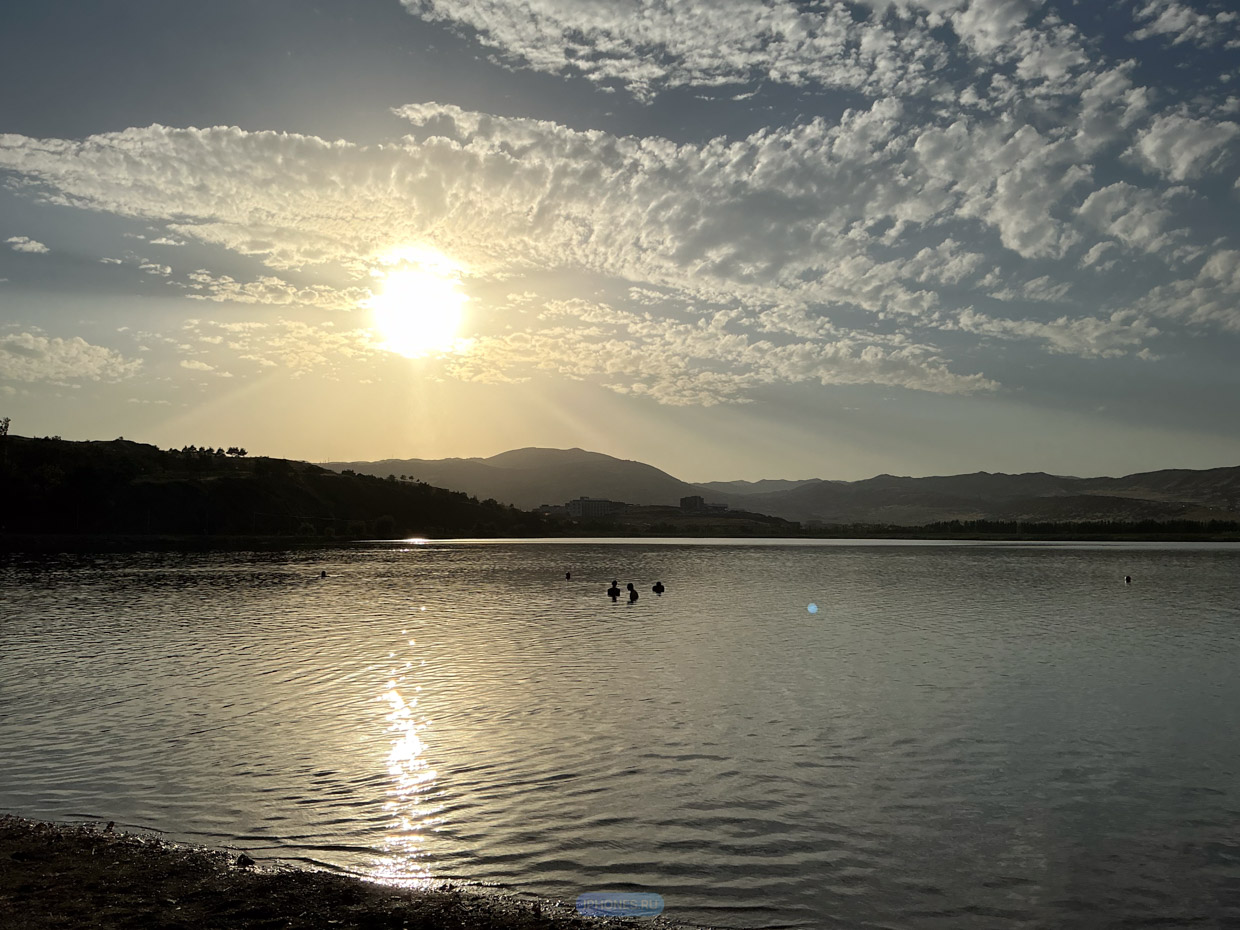

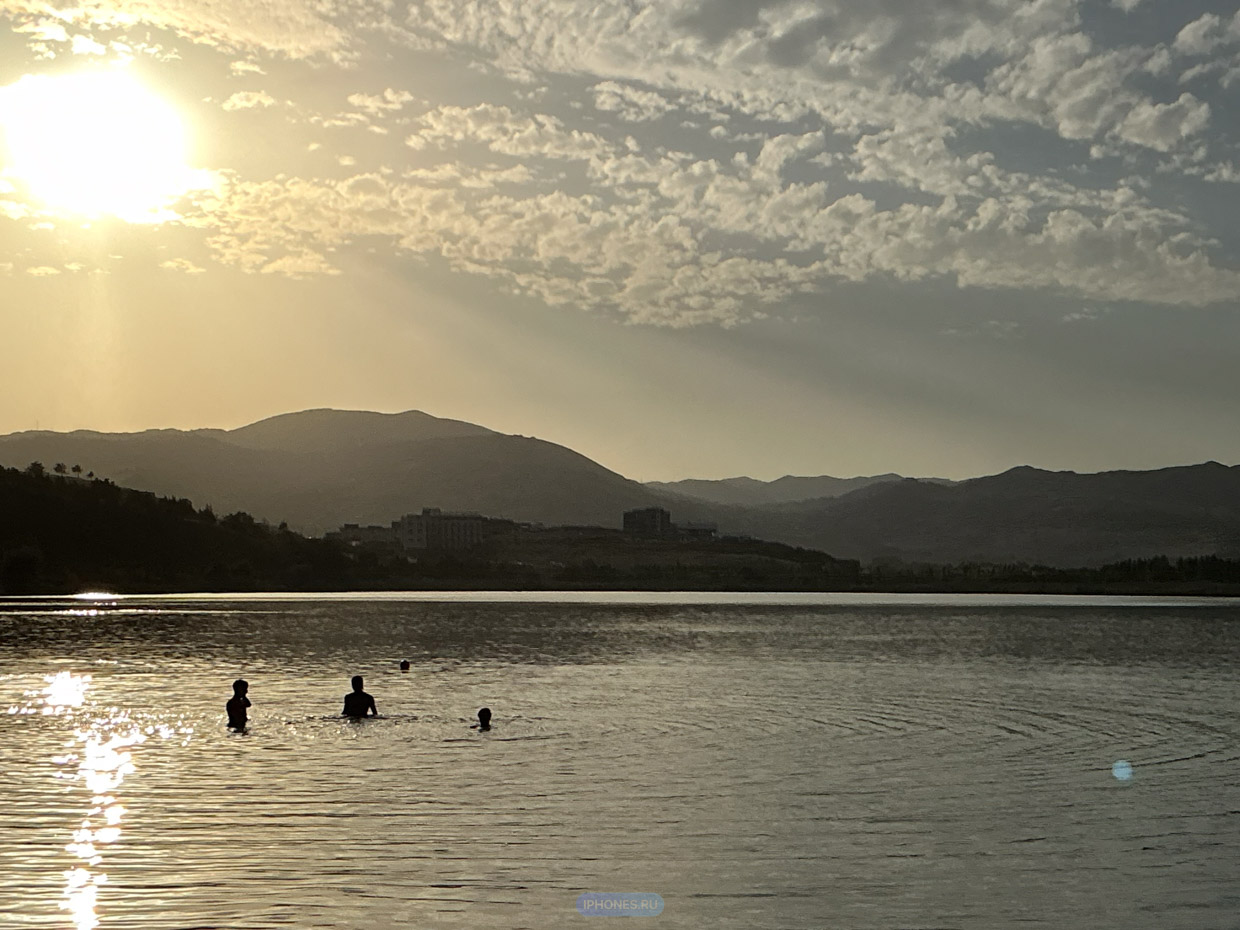
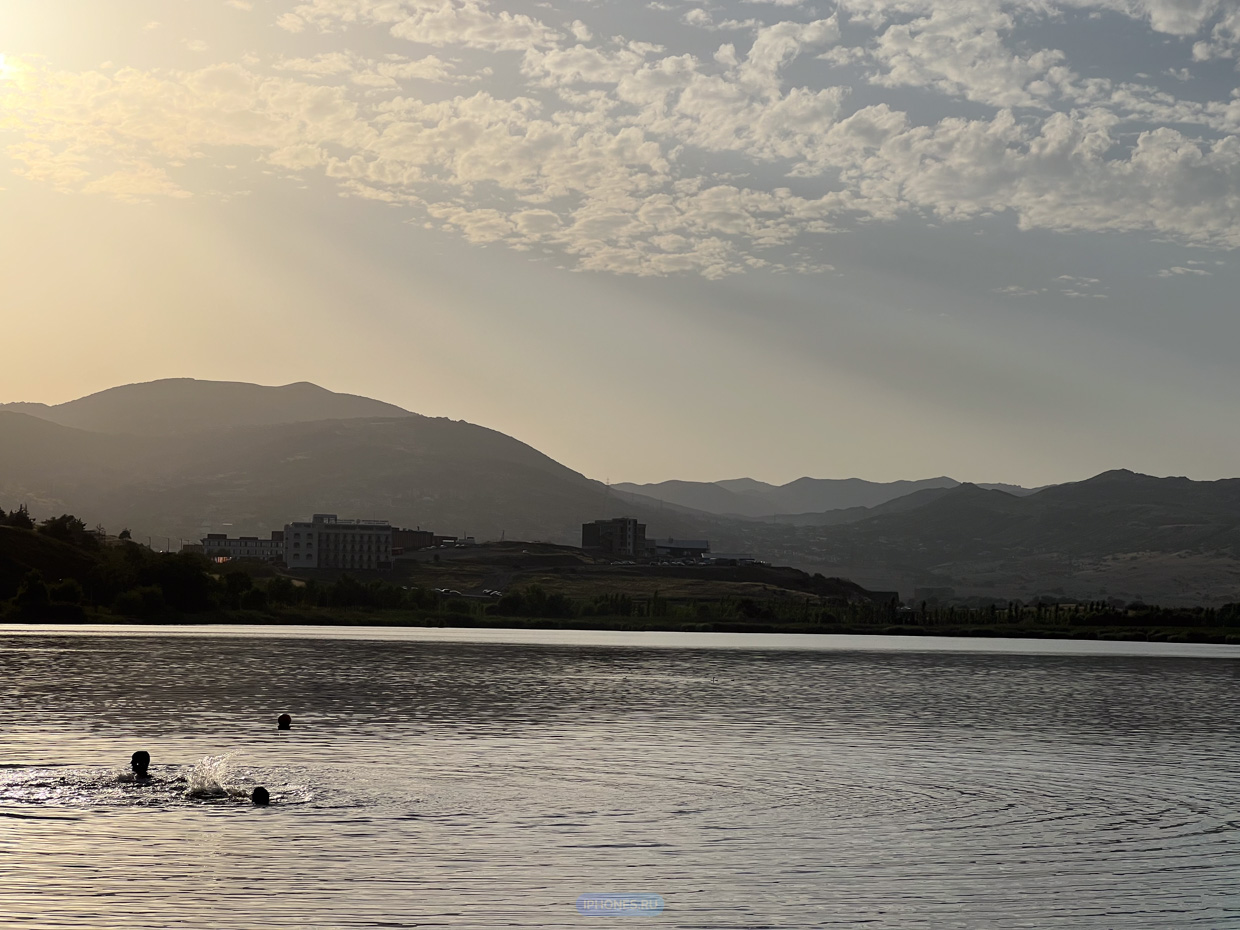



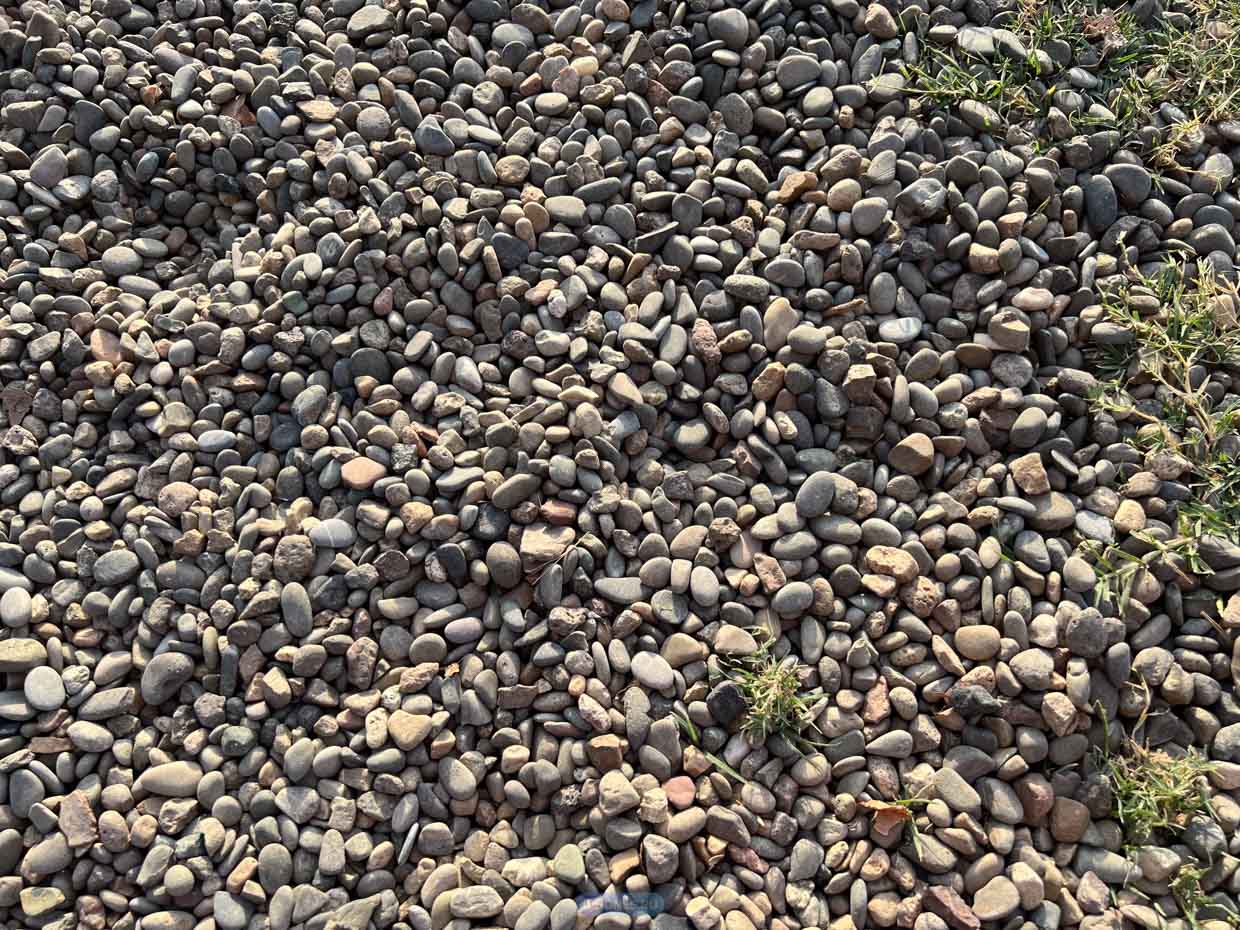

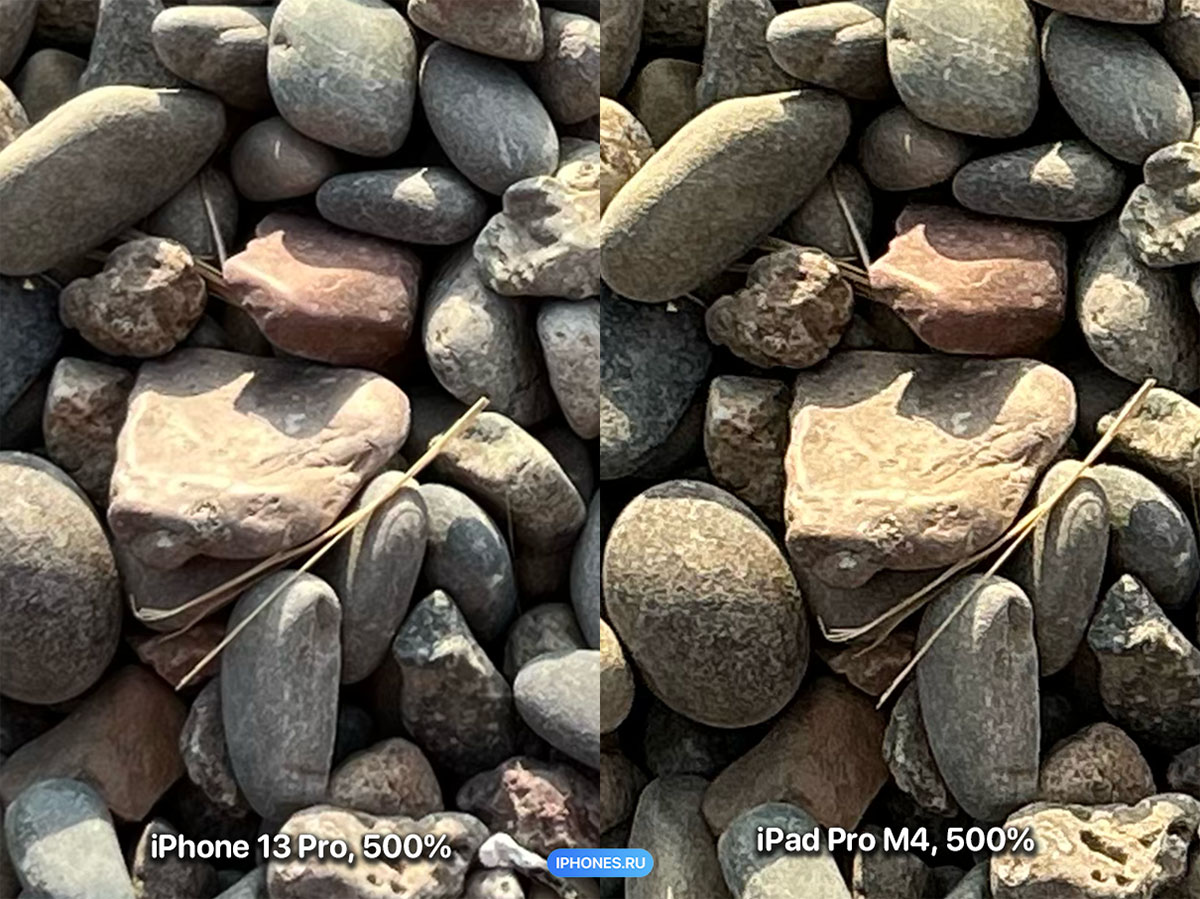


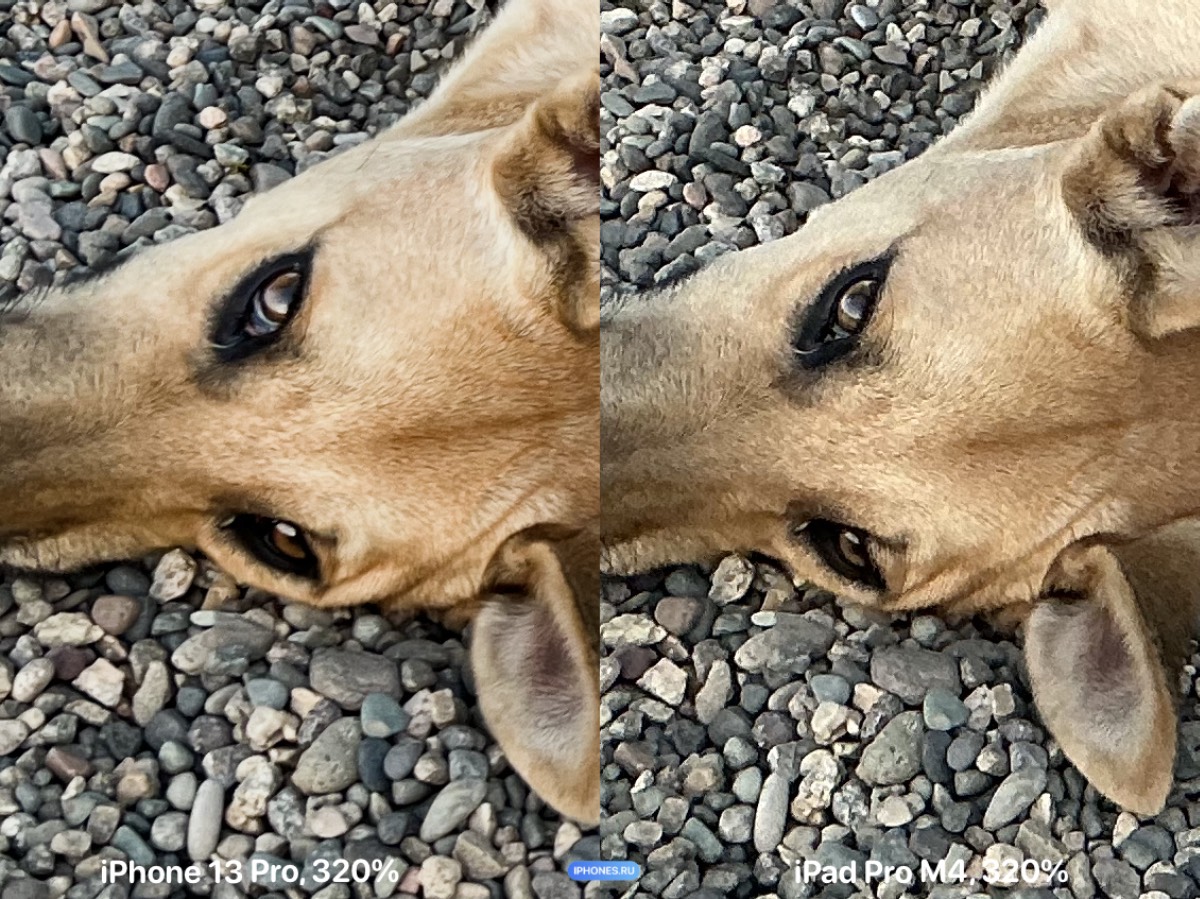
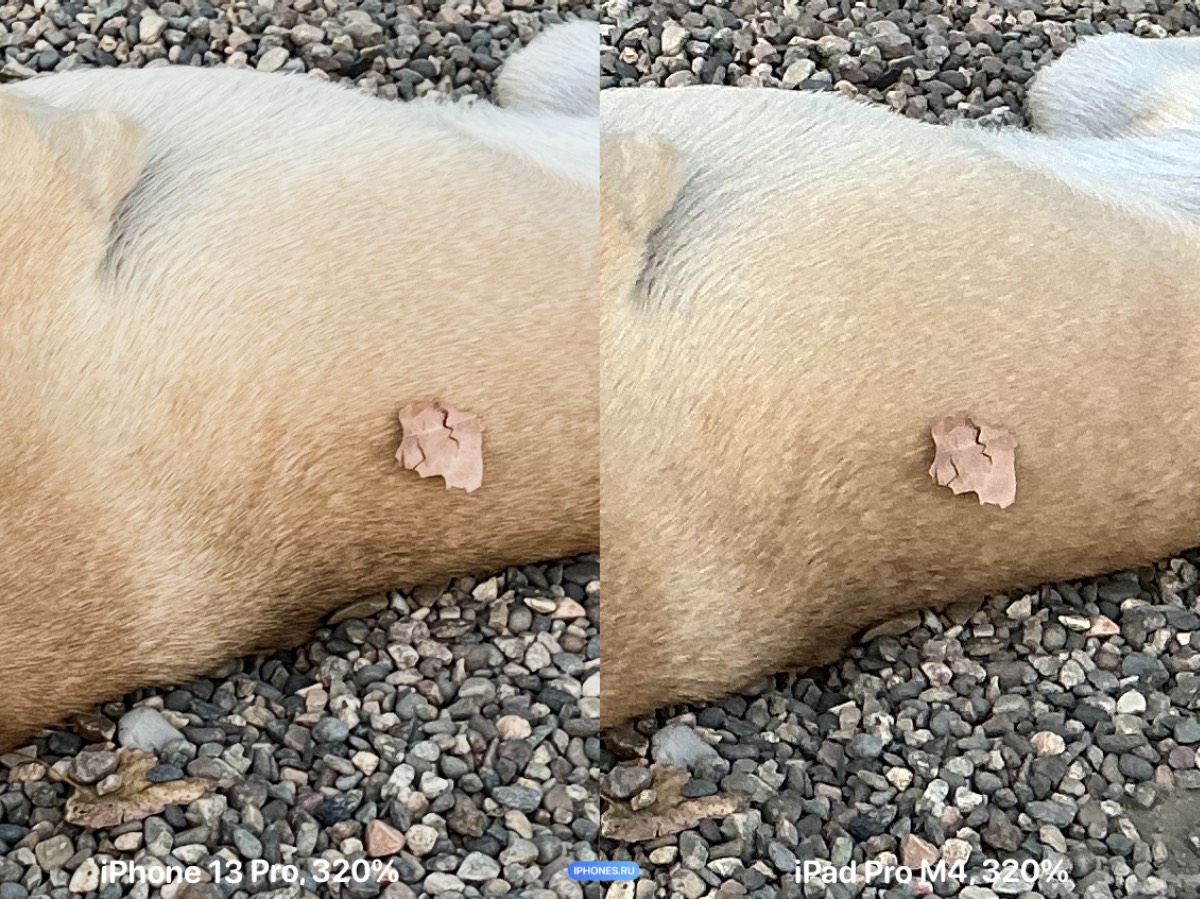
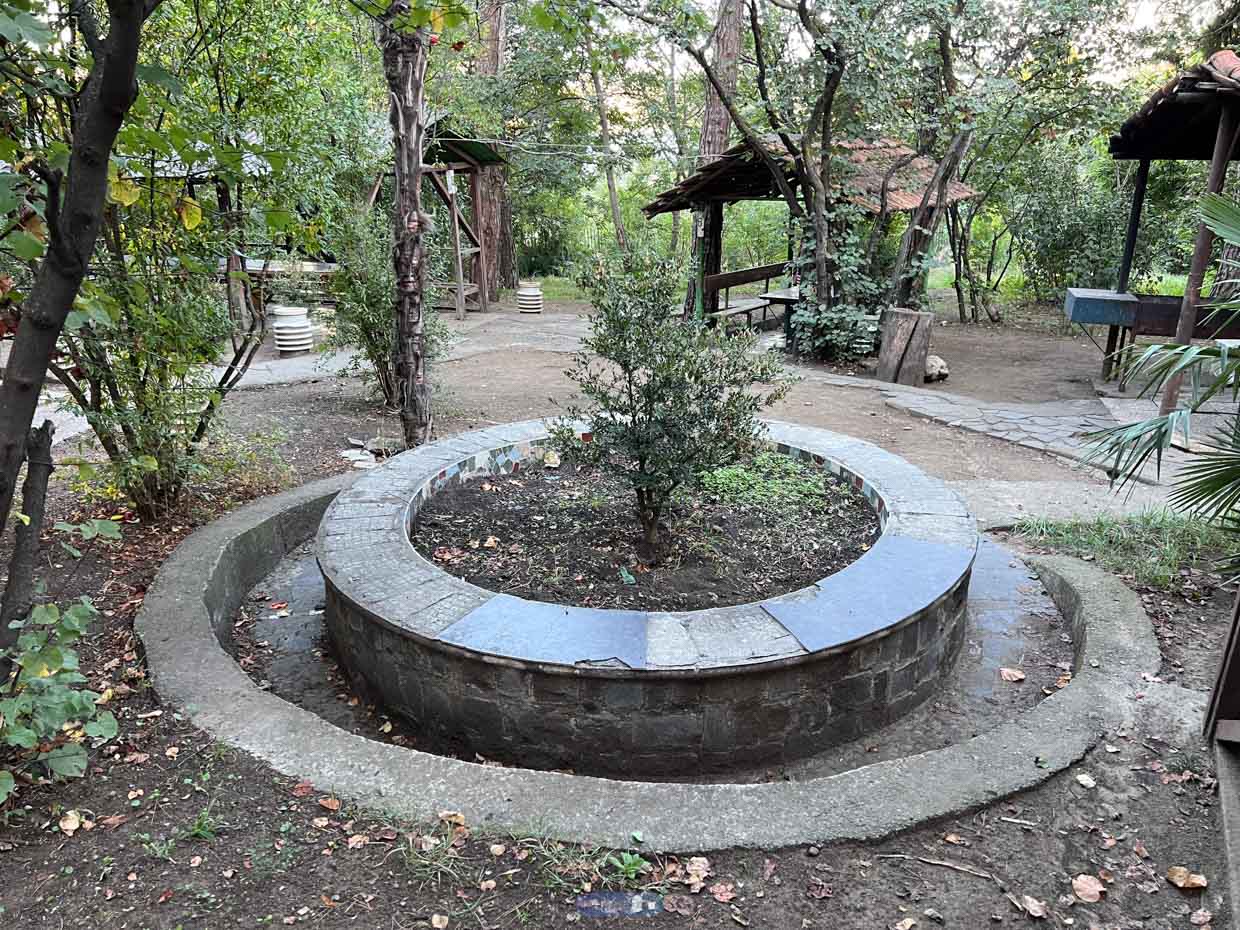
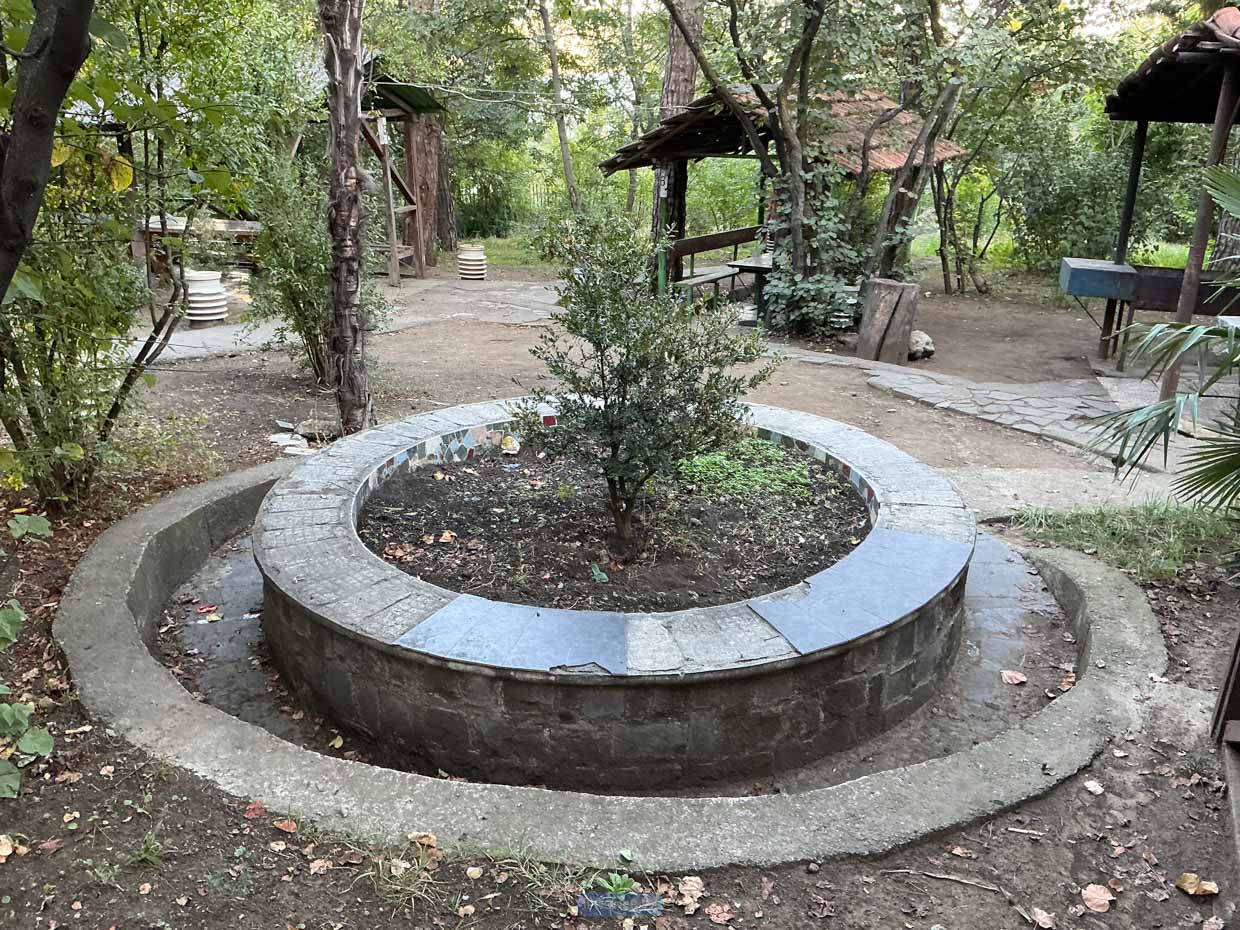





However, in the same location, the detail can change dramatically. The rock in iPhone 13 Pro photos has a lot more texture

iPhone 13 pro. In contrasting light, the smartphone begins to show its age

iPad Pro (M4). It is thanks to the same HDR processing using the Smart HDR 4 algorithm that the tablet manages to equal the iPhone 13 Pro in quality…

…Until you enlarge the photo at least a little




In recent years, camera comparisons have come down to subtleties. You need to look at shooting at night, portrait mode, zoom quality. Finding the difference for this article turned out to be much easier.
The iPad Pro (M4) perceives it so poorly that even during the day in bright light the difference with a three-year-old smartphone is instantly noticeable.
The viewing angle on the tablet is 5 degrees smaller compared to the iPhone 13 Pro and all base iPhone cameras up to the iPhone 16, and a full 9 degrees smaller than the iPhone 14 Pro and newer proshki. Photos are cropped to an uncomfortably close 12.5%. After years of shooting with a wider lens, the rigidity and claustrophobia set in.
But this could be tolerated if it weren’t so obvious terribly poor detail.
I can easily believe that the quality of the camera has not changed at the iron level for 8 years. There are 74% fewer pixels on it, and this is noticeable even without enlarging the photo. Photos taken on an iPad look more digital, filled with artificial detail and over-dried algorithms.
The situation is slightly saved by support for Smart HDR 4th generation, which appeared in the iPhone 13 series and was also present in the iPhone 14. I assume that it takes more frames at a time and stacks them more intelligently. Therefore, the character and style of the photographs in this presentation more or less correspond, which is why at first it seems that the photographs do not correspond much.
But when you shoot at night, the picture completely falls apart.
The iPad Pro is useless in the near camera
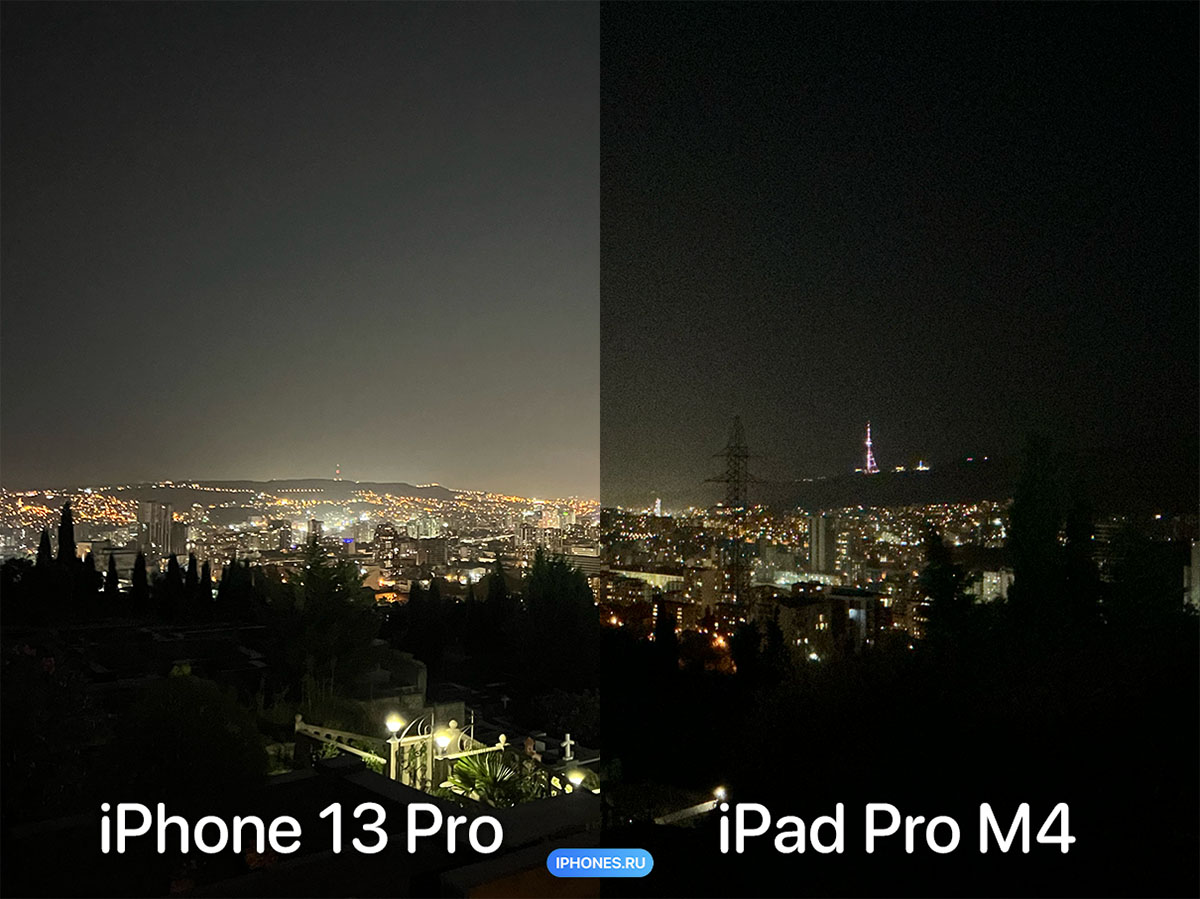
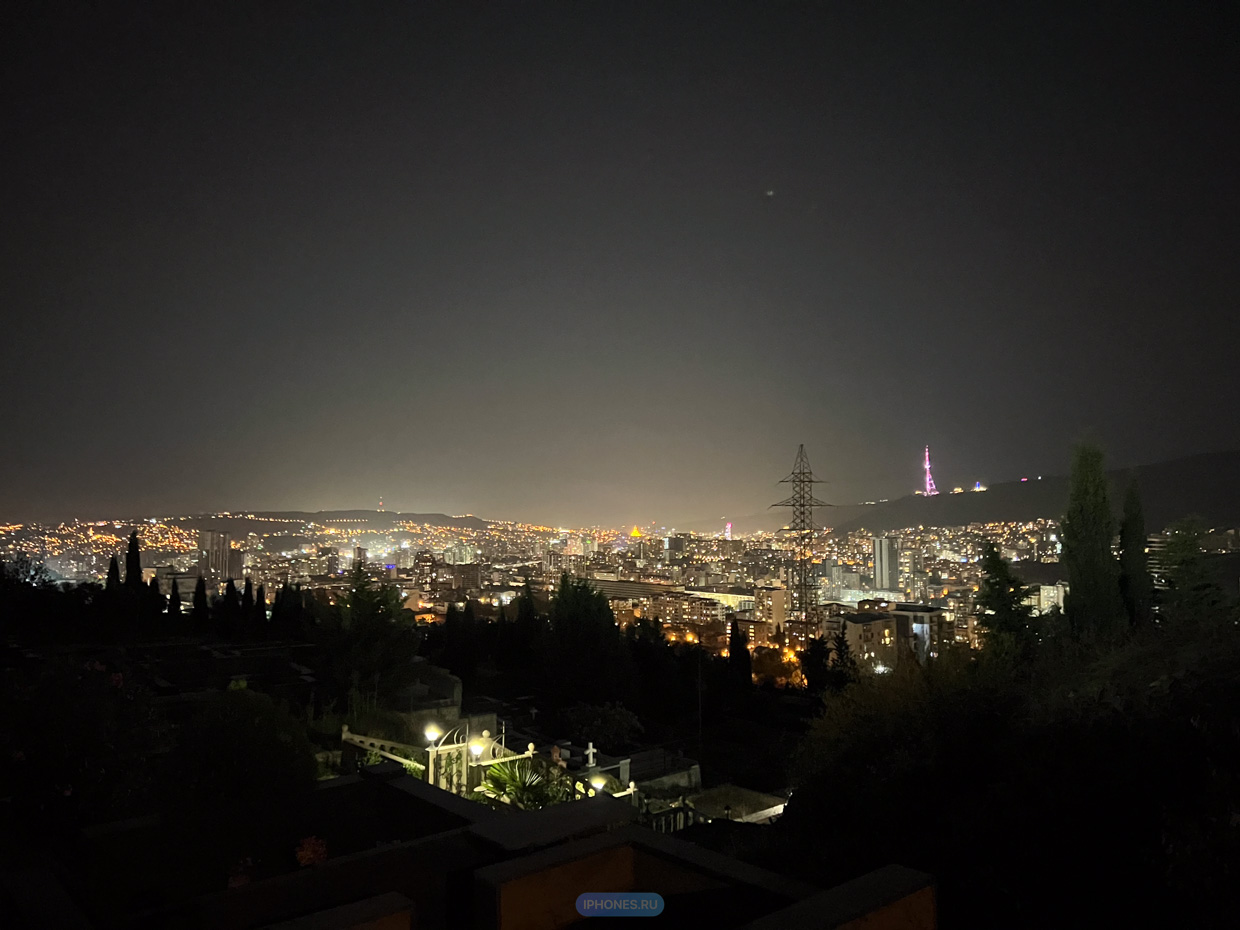
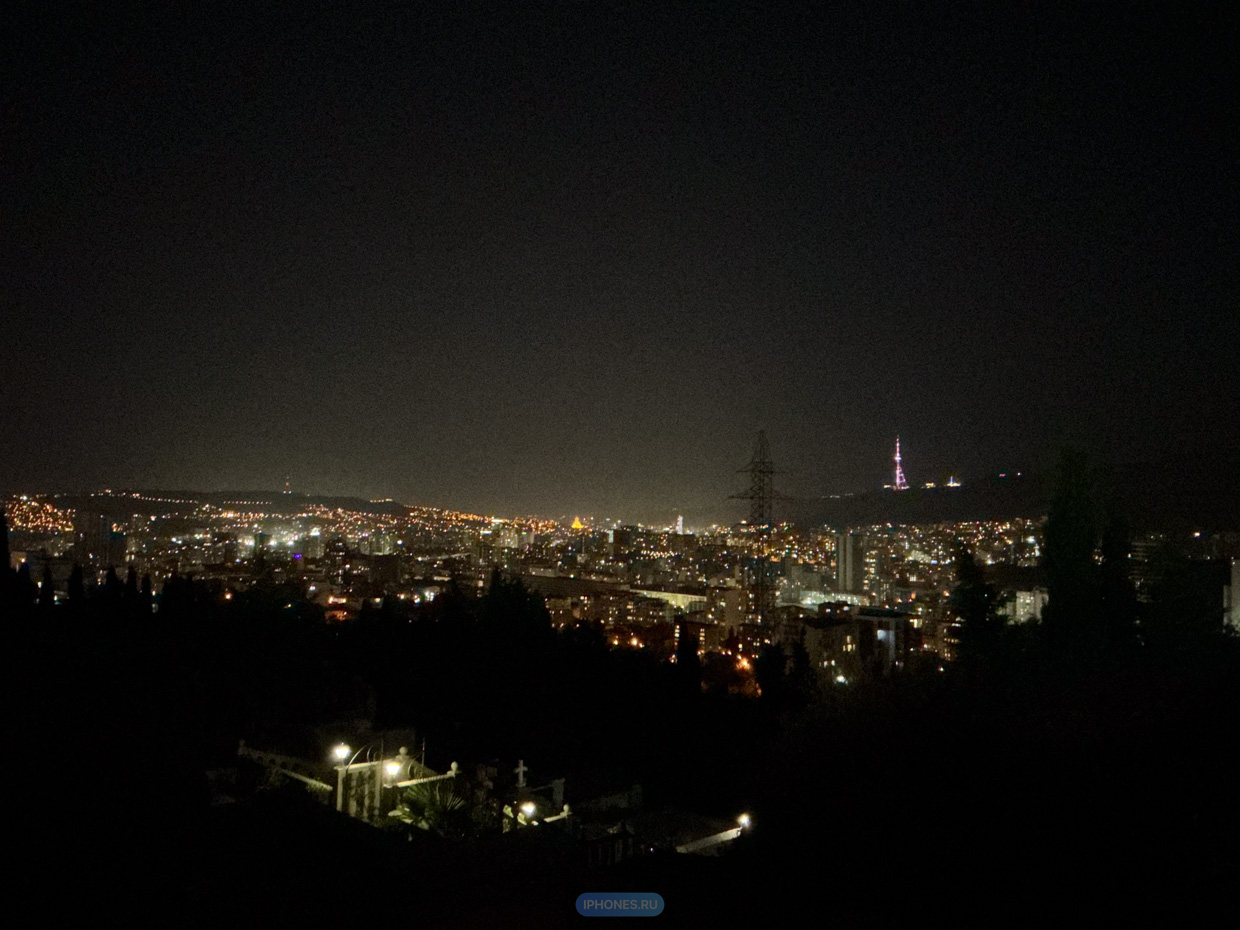
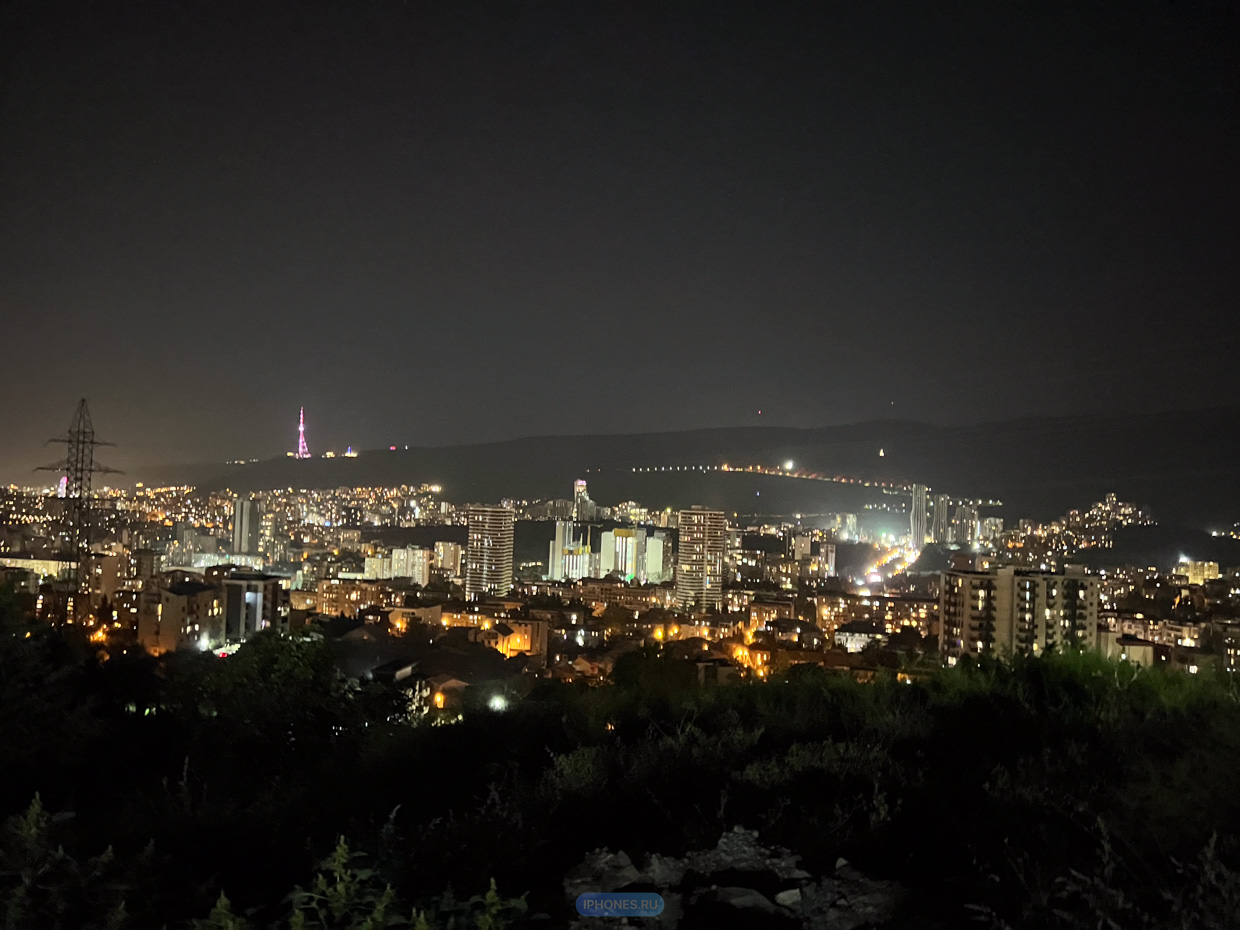
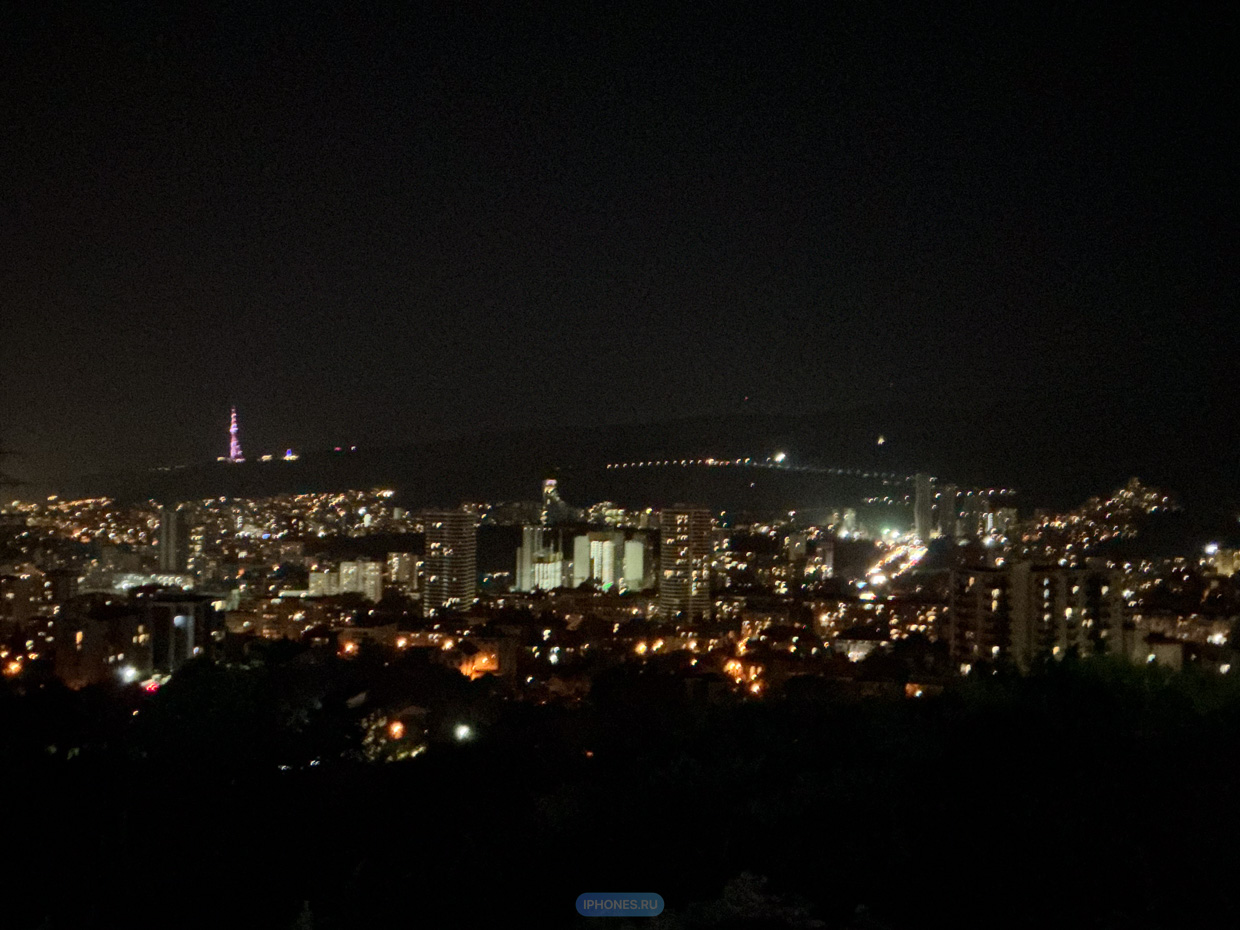

iPhone 13 pro. Thanks to the large sensor, the smartphone can shoot at higher ISOs for greater visibility and at the same time produce less noise.

iPad Pro (M4). A narrower angle does not allow you to make a beautiful composition with the same place, but there is no particular point here, since there is complete darkness around the fire
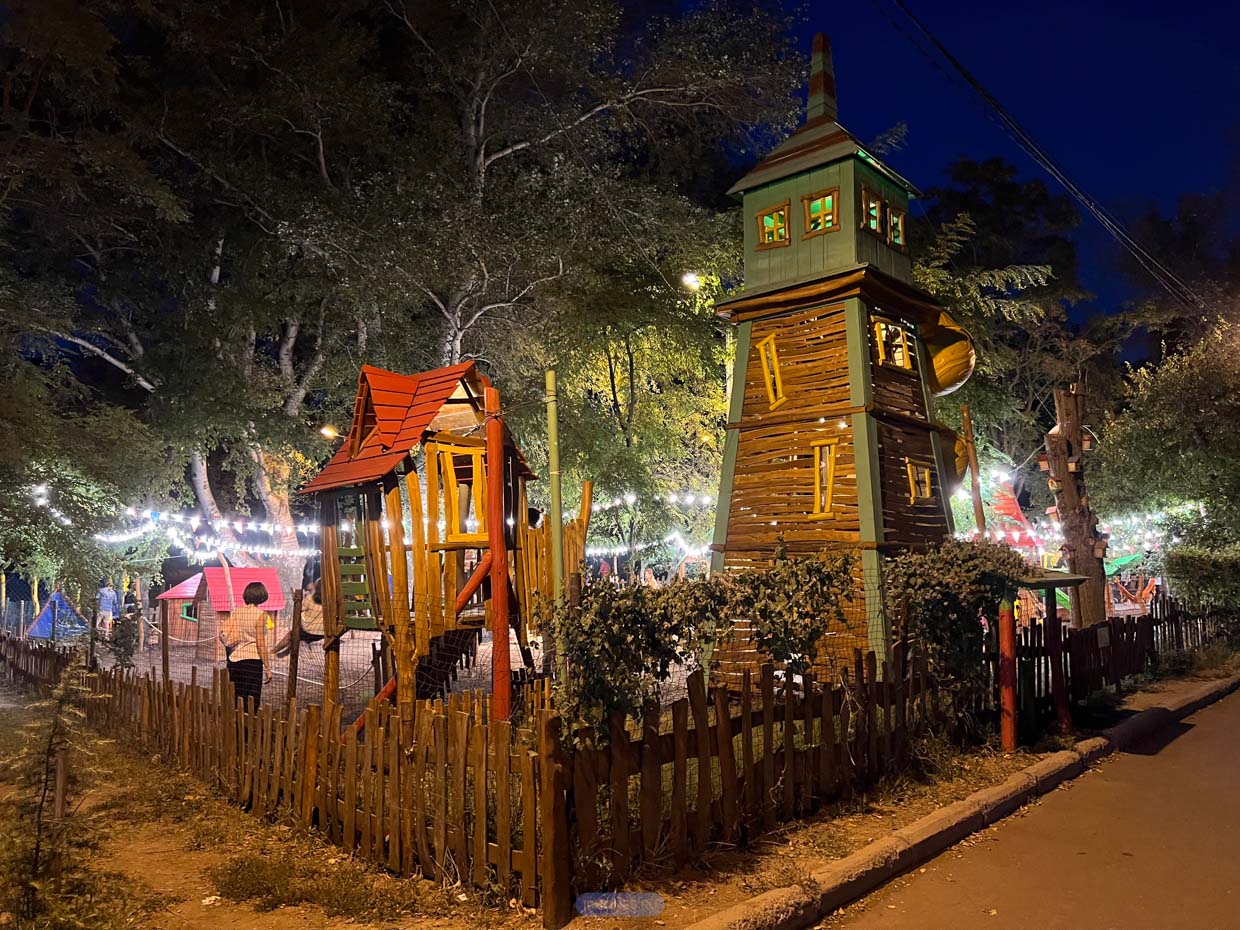


The difference is the sharp shock
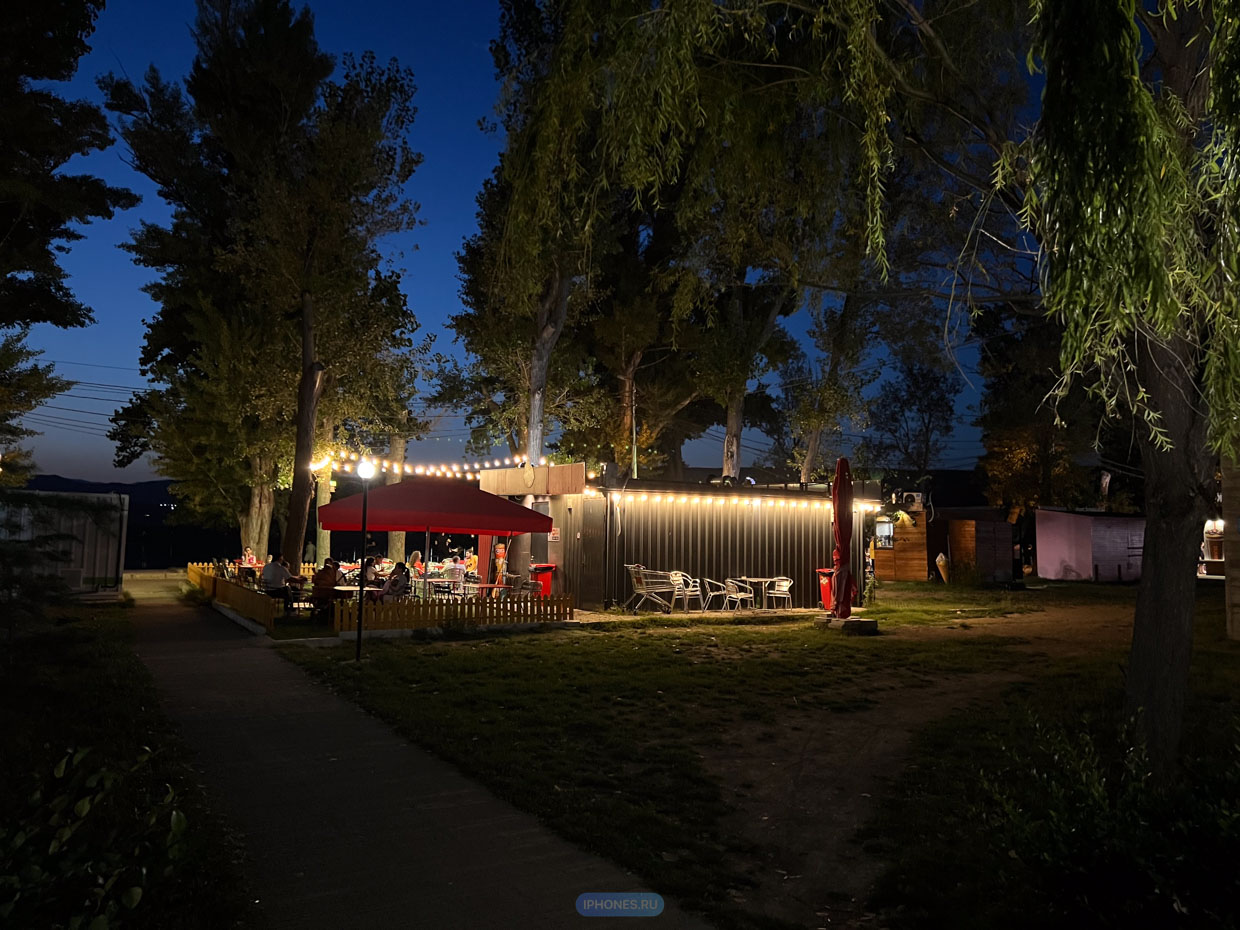
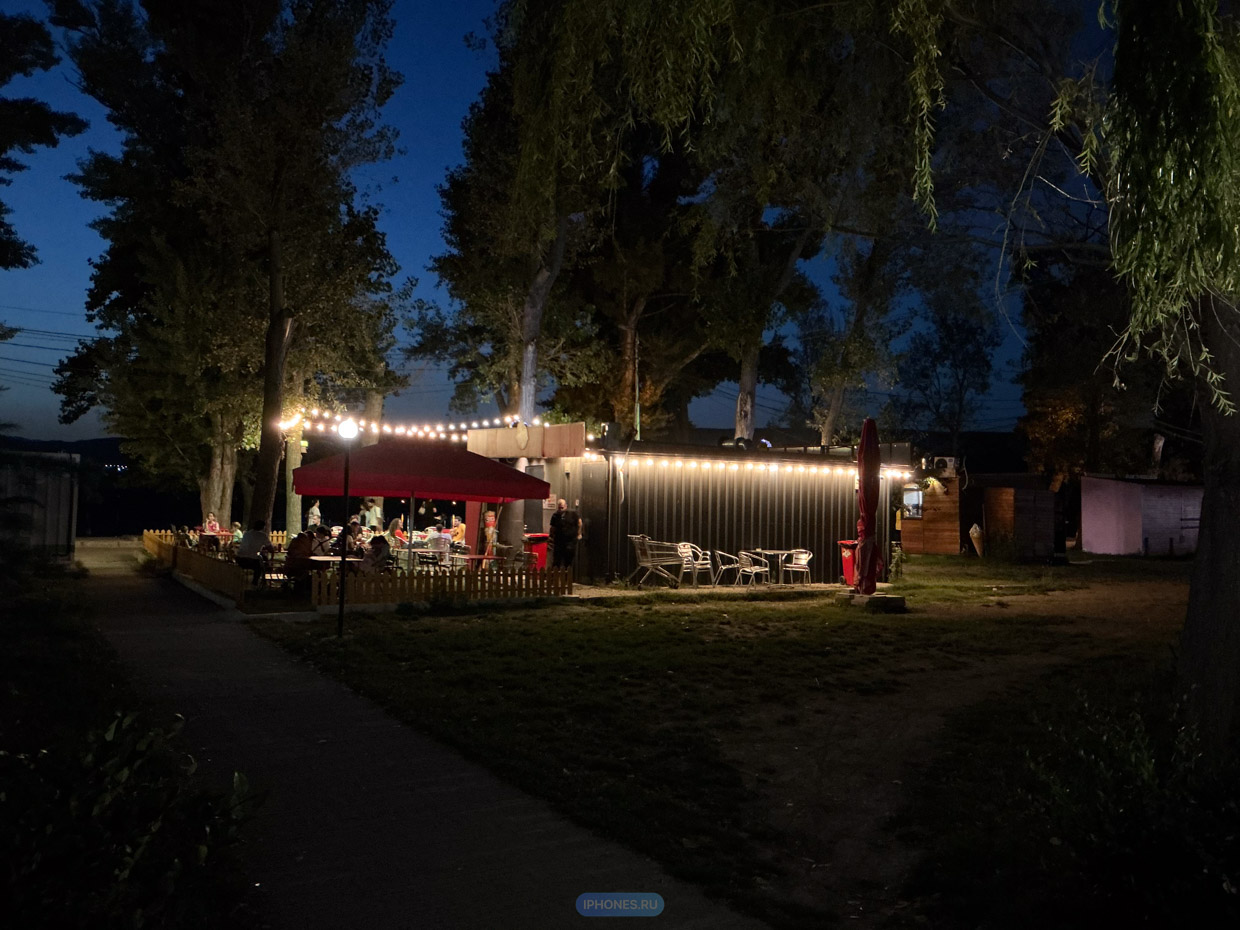
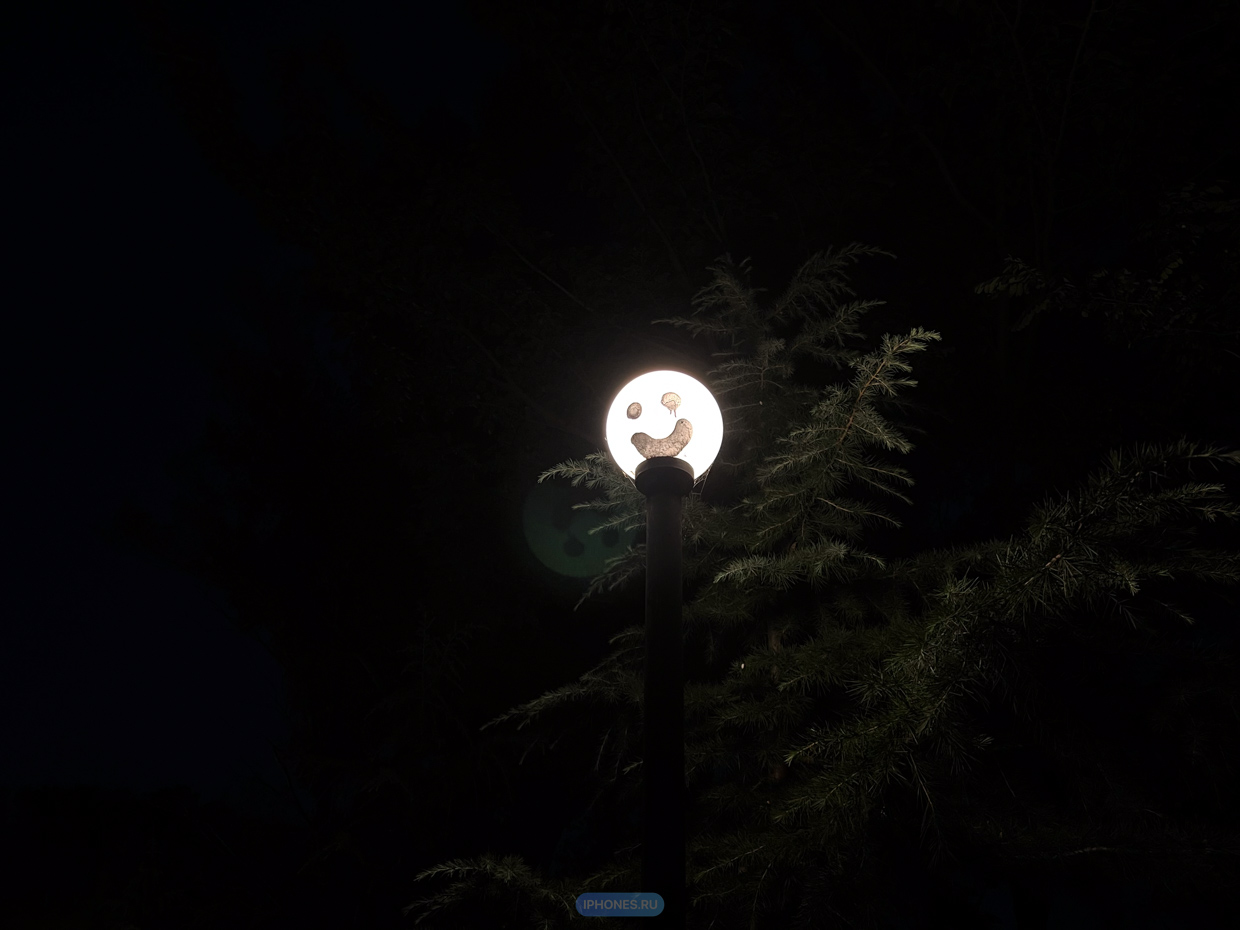

The only comparison of the results of which I liked more on the iPad Pro. Since the module and lenses are smaller, reflection of bright light is less visible.
Let’s do it this way. Something iPad Pro (M4) will give results at night and in the house. But this is prehistoric iPhone 6 levels, honestly.
But I would never trust this department to preserve moments with family and friends in 2024. This also applies to filming for work, of course.
The iPad uses very low ISO settings in dark conditions. At 1/15th shutter speed and ISO 1600, the iPad Pro (M4) produces a darker and noisier photo than the iPhone 13 Pro at the same shutter speed and ISO as much as 5000 without the mode.
This behavior directly speaks to what is at stake here. tiny sensor. The higher this parameter, the brighter but noisier the photo. The smaller the matrix, the noisier the result in the photo will be when the ISO increases.
Since the company has prioritized darker photos, it is no longer possible to make them adequately noisy with greater visibility. Again, a hint that the module here is installed mockingly poorly.
For final confirmation, I compared the quality with the iPhone 7.
Shots worse than iPhone 7
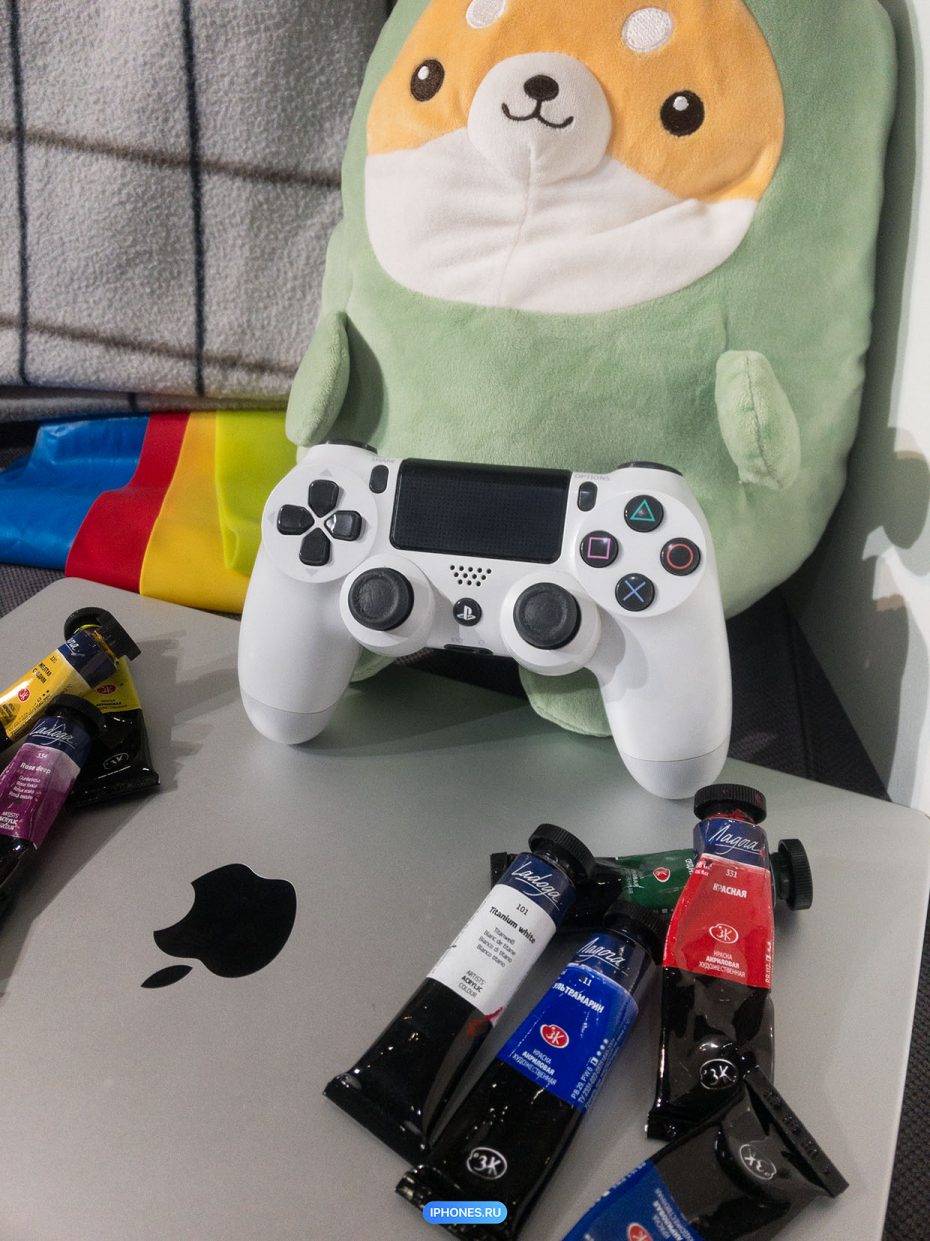
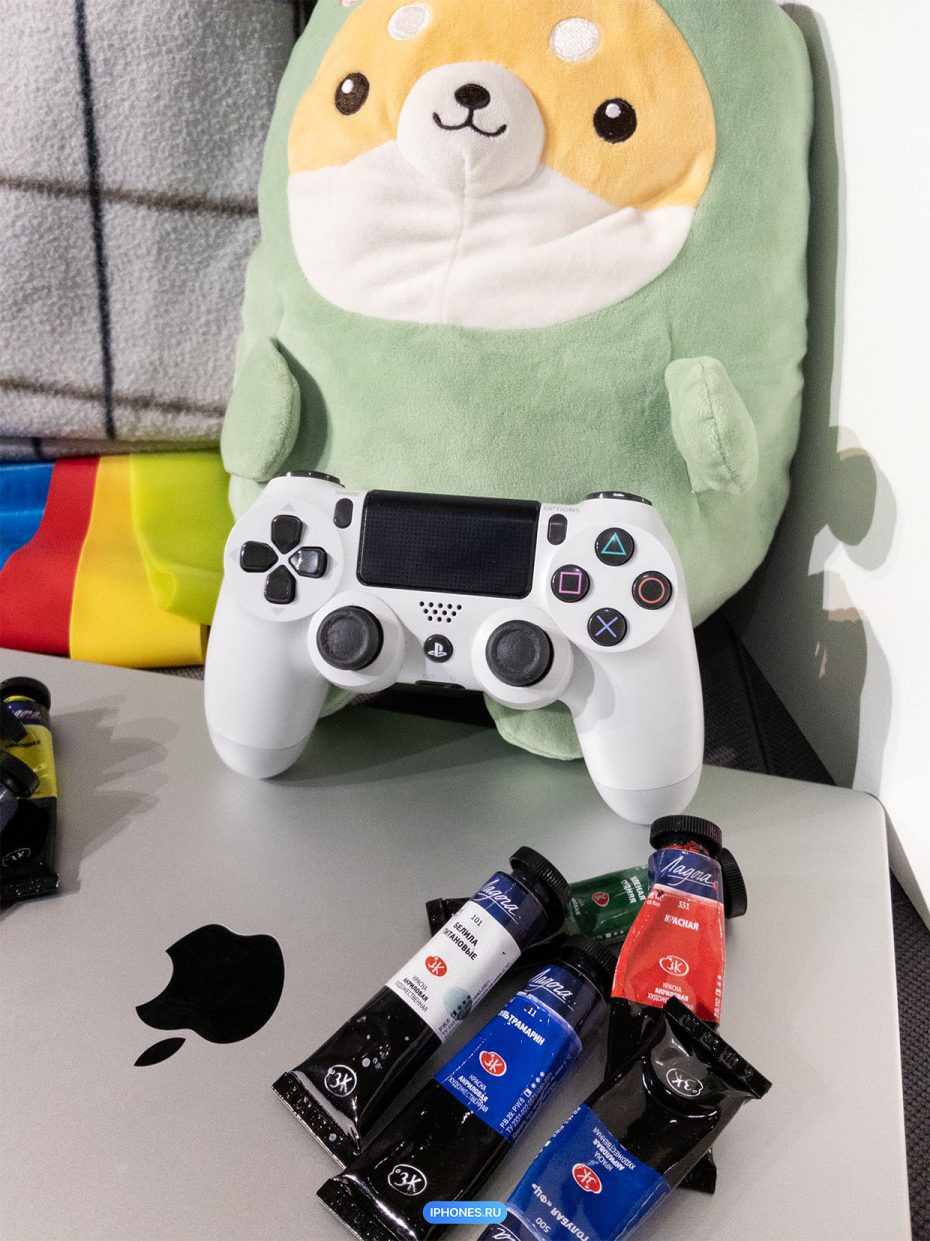
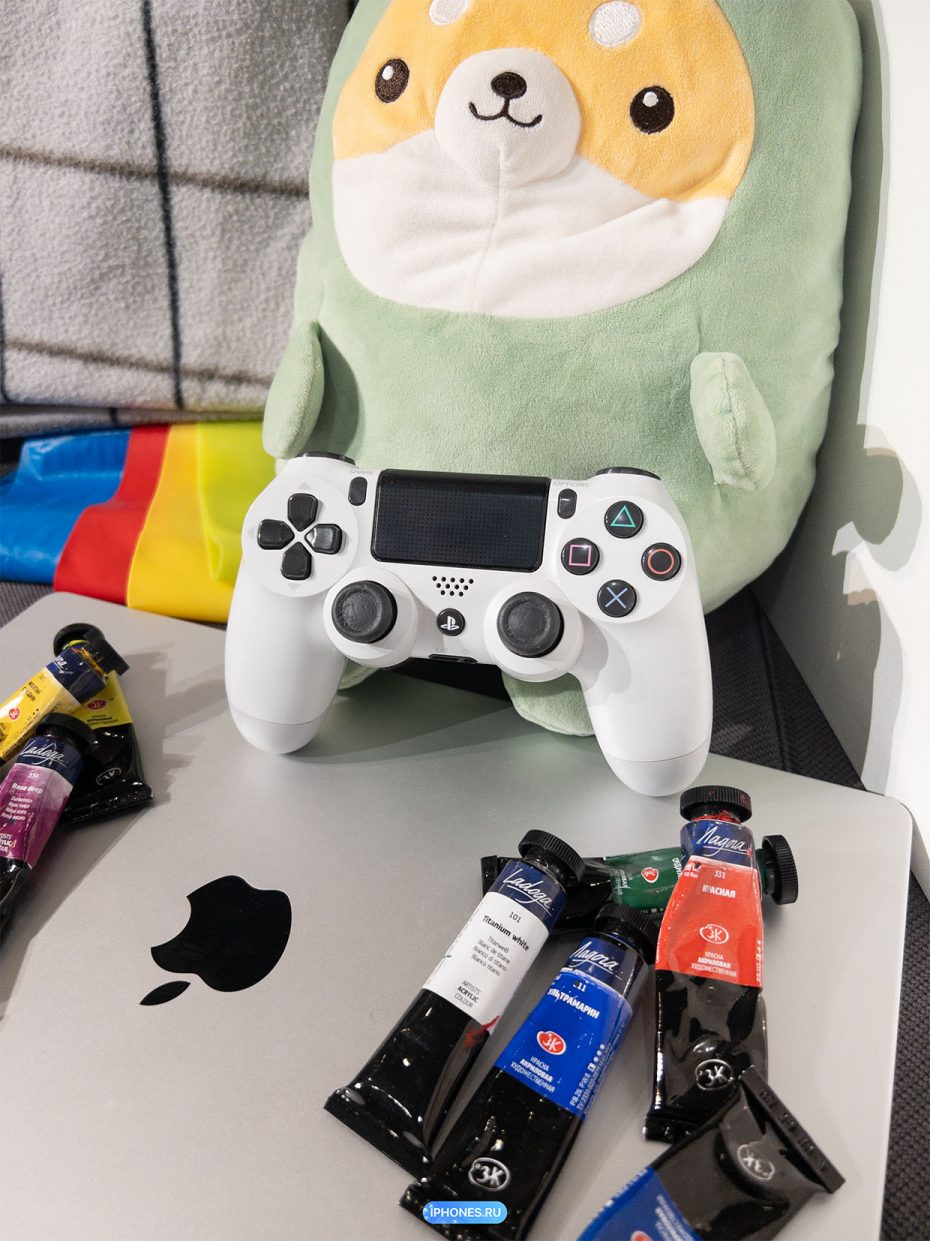




The examples above were shot in RAW using an external application. In all models that use this type of shooting, it makes the most of smart algorithms, revealing the optical properties of the camera without cheating. You can read more about its features here.
As a result, I got a completely unambiguous option. A used iPhone 7, which is already 5 years old, shoots less noisily and with more detail.
Looking at this result, I generally begin to conclude that there may be an even smaller matrix here. That is Apple could have downgraded the 10.5-inch iPad Pro in 2017 to fit a smaller lens into a thinner body. This isn’t a crazy theory. The iPhone 7 has a 1/3″ sensor, while the iPhone 16 Pro telephoto camera has a smaller 1/3.6″ sensor. Since even a flagship smartphone has one, what prevents it from being placed in an iPad?
The only positive difference is that the iPad Pro (M4) has a cleaner lens, and therefore the photo looks clearer from afar. But I have an assumption that it has to do with the age of the smartphone with which the comparison was made.
We show how an iPhone camera takes pictures without enhancements. Turned off the results, thinking
It’s still possible to improve the video quality to a tolerable level
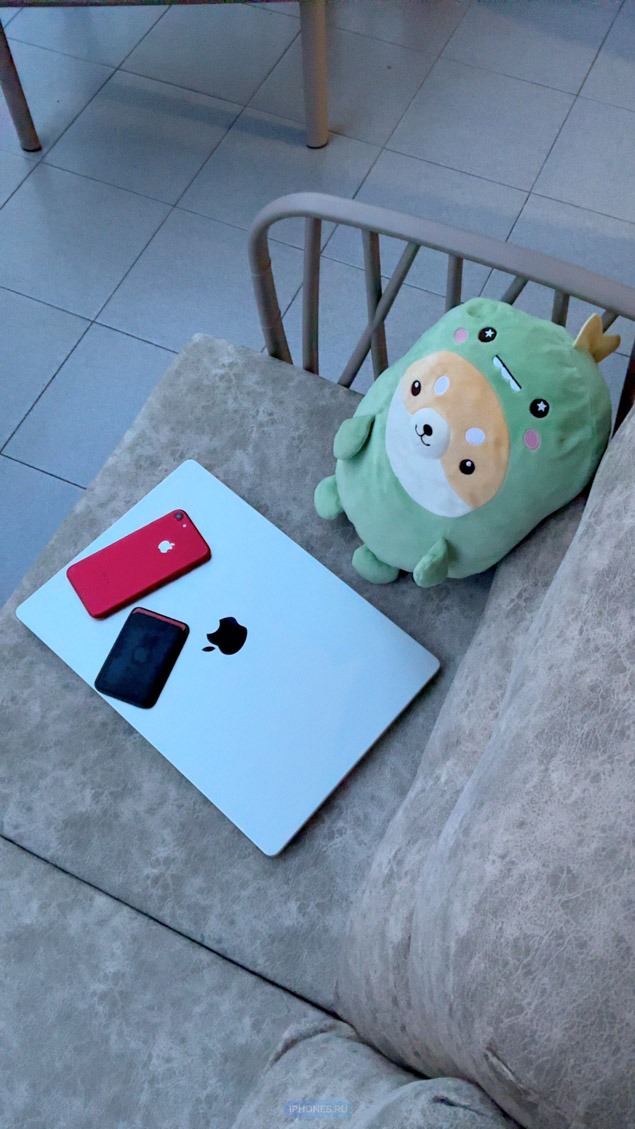
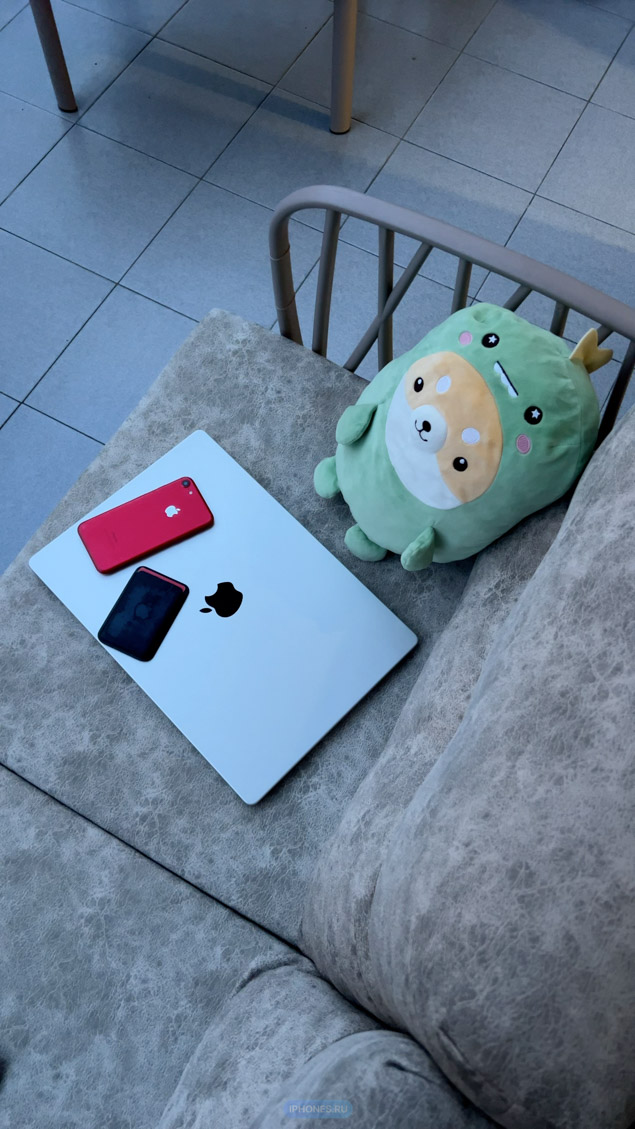
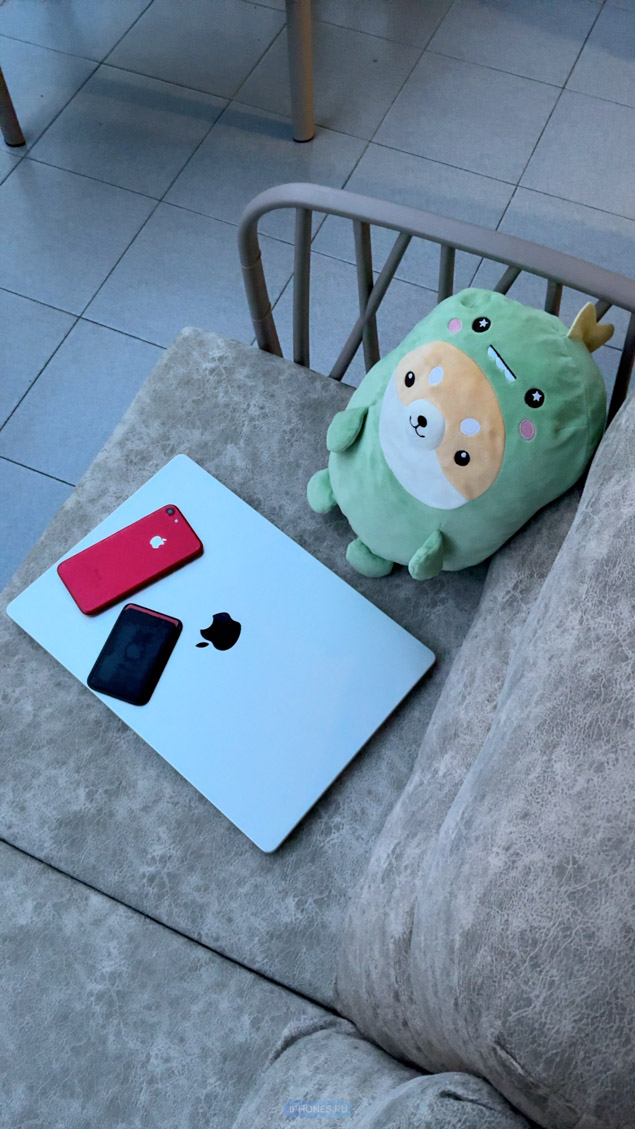
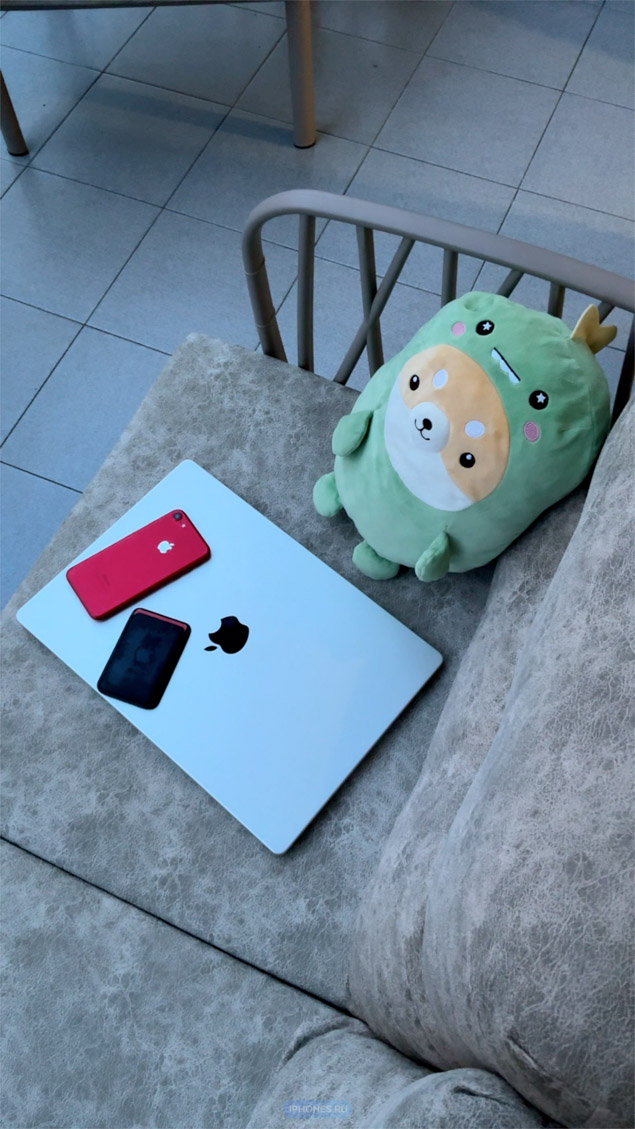
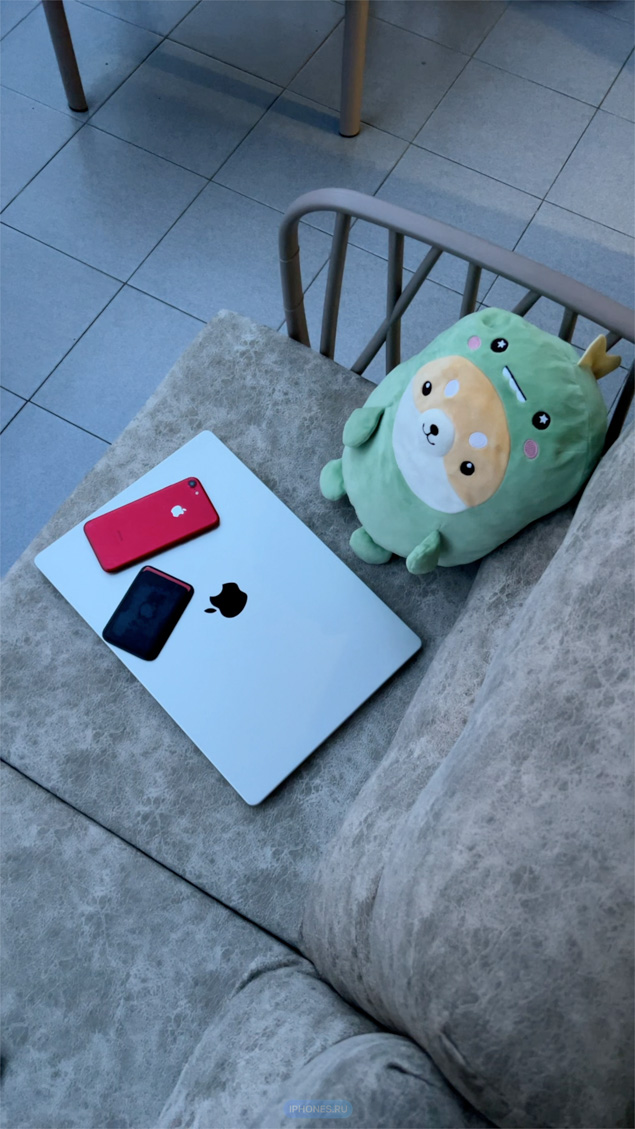
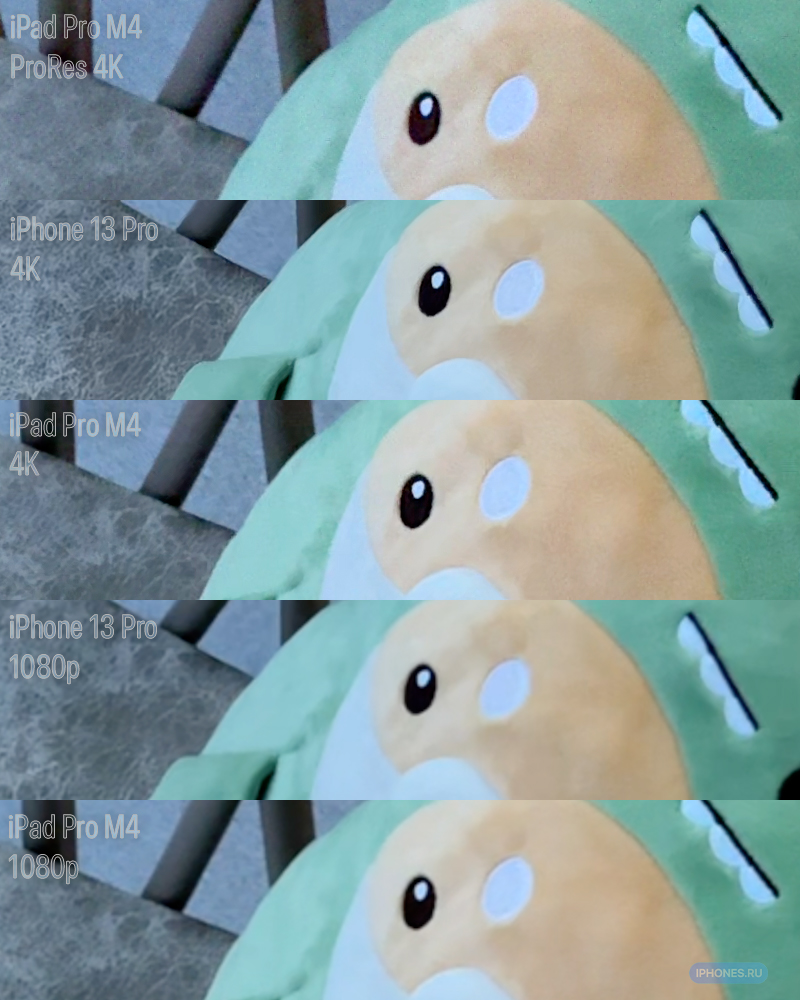
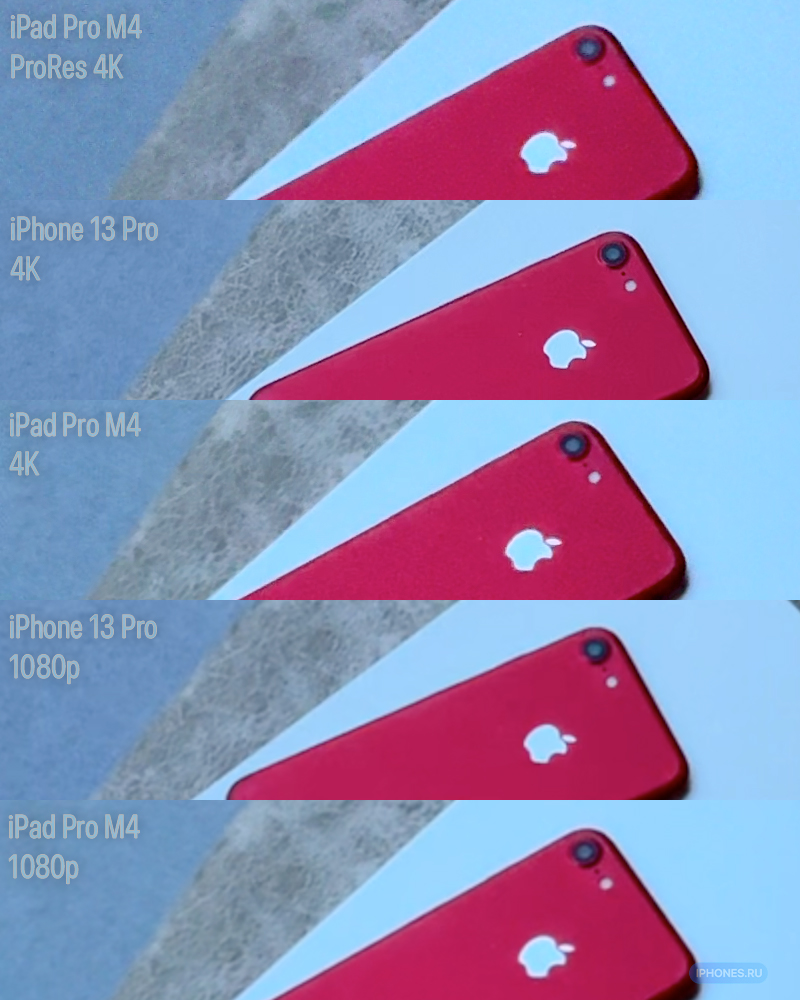
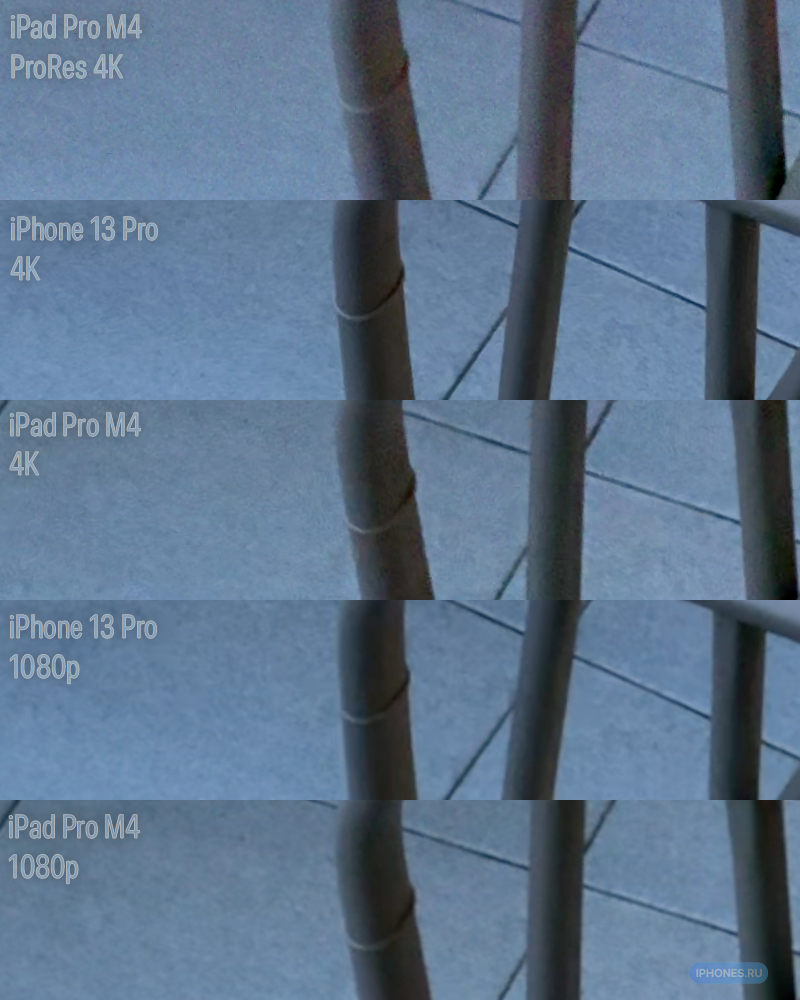
Although the camera here is terrible at the hardware level, the iPad supports ProRes recording. You can’t disable it in the built-in camera app, but you can do so in Final Cut Pro Camera.
The application was presented literally at the presentation of this same iPad Pro (M4), but for some reason its interface is not adapted for tablets. Luckily, this doesn’t stop him from controlling everything in the camera from shutter speed and balance to making a recording.
The device supports recording in ProRes format up to 4K at 30 frames per second. The output quality is excellent and the recording quality is much better in 4K. If only they had given it in Log, it would have been absolutely beautiful. But, apparently, Apple decided not to embed a graphics accelerator into the M4 desktop processor, which is found in the A17 Pro and A18 Pro.
Unfortunately, the video from the iPad Pro on the M4 is not comparable to the video shot in normal mode with 4K development on the iPhone 13 Pro. In none of the shooting modes
ProRes on the iPad looks nice, and I could even shoot shorts in this mode, but the iPhone footage wins.
Considering that ProRes files require ten times more memory, this is not an option.
Let me remind you that you can see all the originals here instead of the result. Another disappointment from buying an iPad Pro
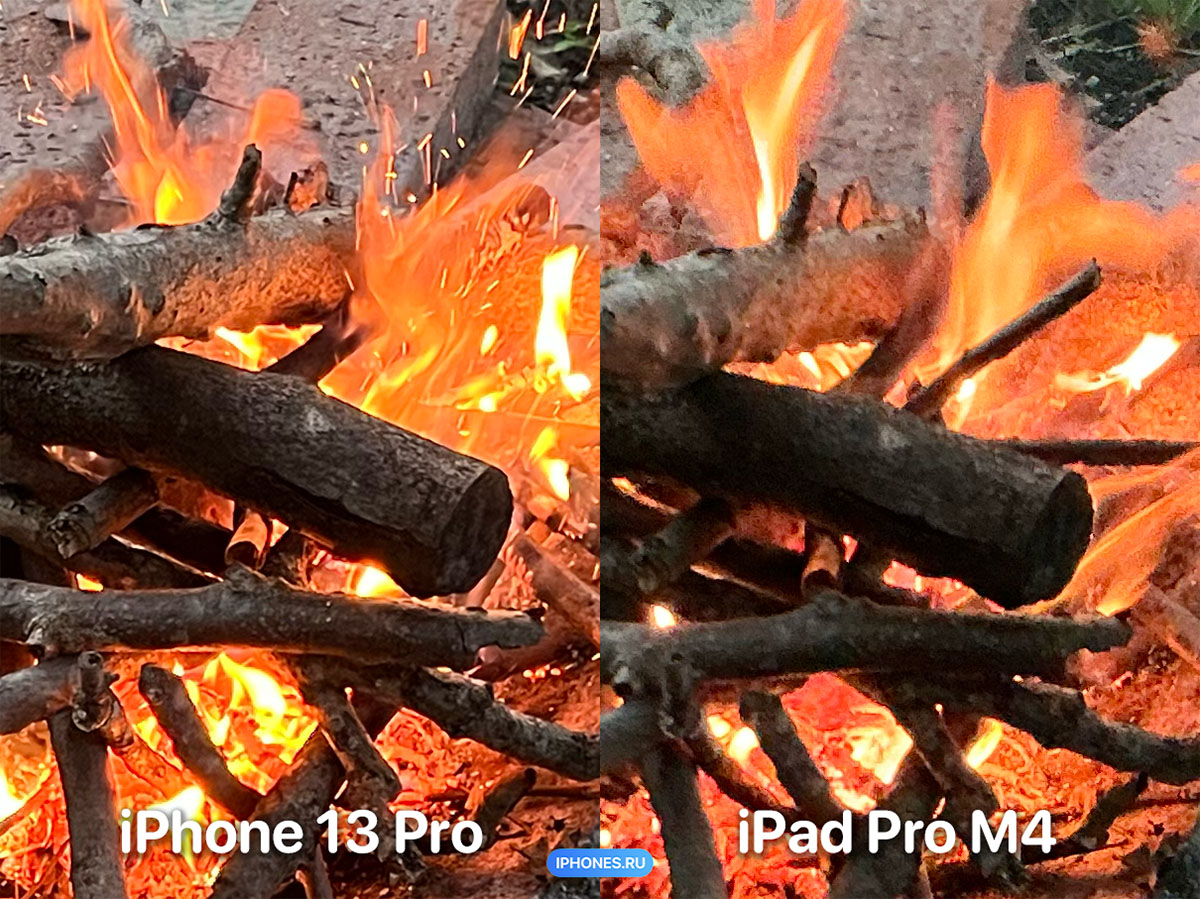
No one in healthcare is going to use an iPad Pro with M4 as a camera in an Apple ad if you can afford it. Such a person explained the cost of things and first of all bought the device intended for this device.
But if I were Apple, I would be embarrassed to praise the time module in the presentation. Previously, the iPad Pro also had a 10 MP ultra-wide-angle camera, but the quality there was probably even worse, so I don’t regret its absence.
On the one hand, the iPad is not being promoted as a “camera camera”. On the other hand, it turned out to be another over-praised feature that added my irritation to the over-advertised device for $1300 in an adequate configuration. I’m afraid one more disappointment like this and I’ll start seriously crying.
By the way, the comparison covers two more questions. What will happen if you don’t change the camera, but only improve the software; and over time, has the camera quality improved at the hardware level?
A good example. The iPad Pro camera costs less than the iPhone 7 camera, and this is immediately noticeable. Smart HDR doesn’t help.
But a high-quality camera at the hardware level has flown into the stratosphere since 2016. The only pity is that this did not affect the most expensive Apple device at all.
📸 All photos in the article:


























































Source: Iphones RU
I am a professional journalist and content creator with extensive experience writing for news websites. I currently work as an author at Gadget Onus, where I specialize in covering hot news topics. My written pieces have been published on some of the biggest media outlets around the world, including The Guardian and BBC News.




